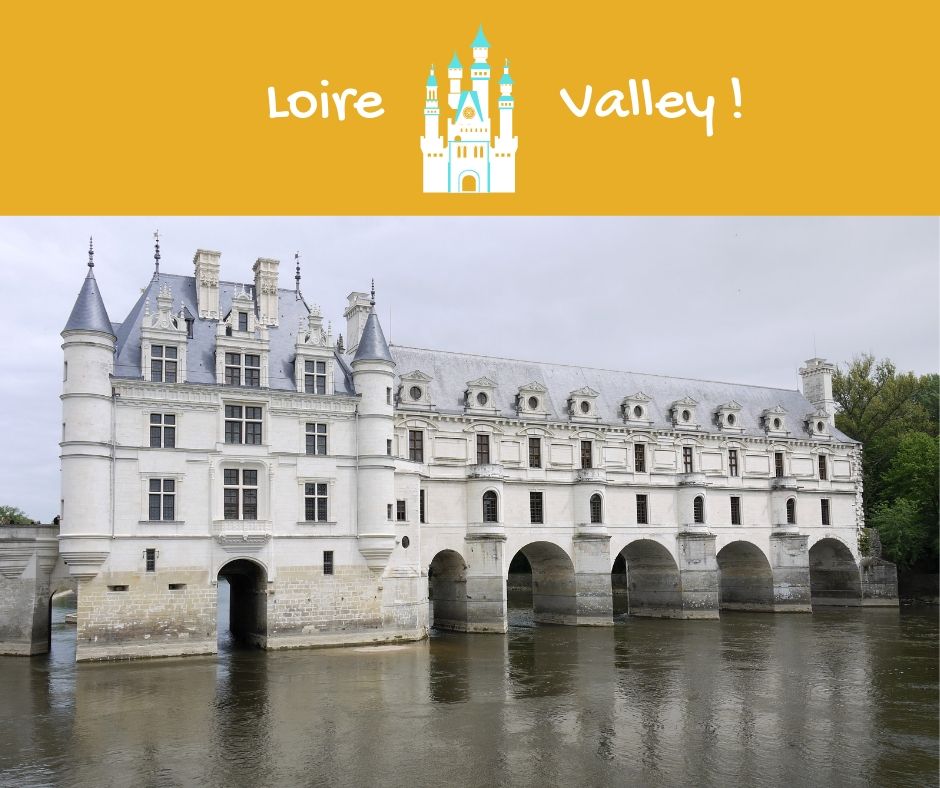We travelled to Loire Valley with our 13-month-old Kidsetter. Staying in a Bed & Breakfast called ‘La Closerie Saint Martin’, a converted 14th century outbuilding of a former Château. Located in a medieval town of Chinon, surrounded by vineyards, right in the heart of Loire Valley, provided great access to explore the region. A gorgeous Swiss couple ran the very warm and welcoming B&B. This was going to be our base for the next few days intending to visit the various Châteaux in the neighbouring areas via a hired car.
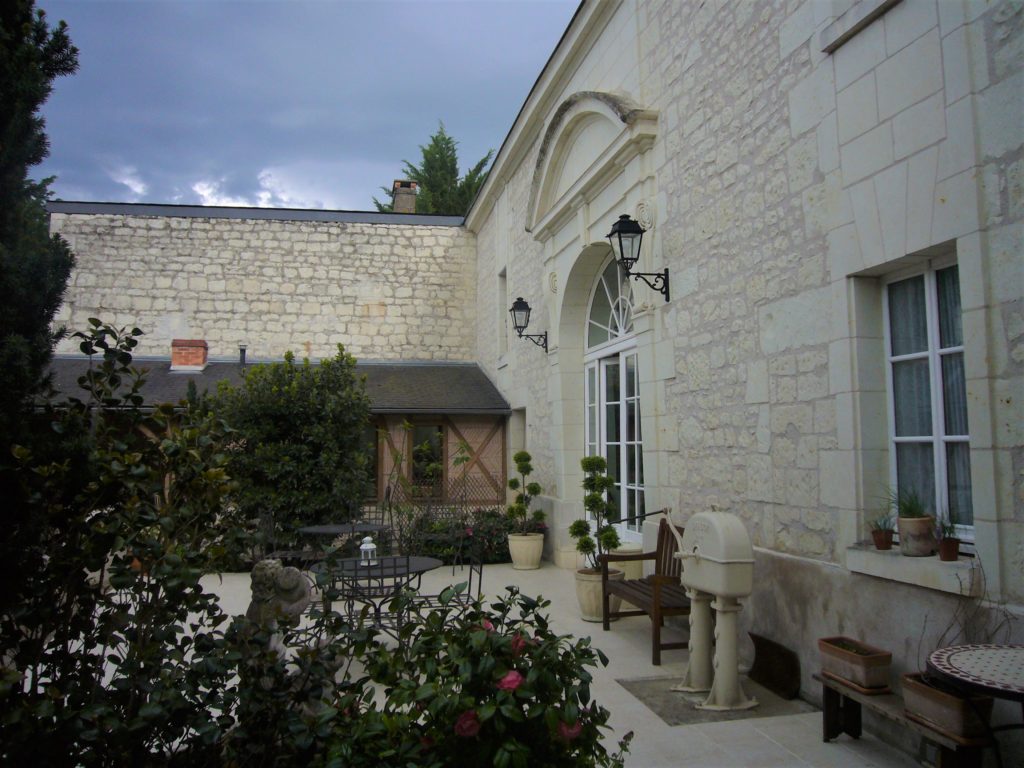
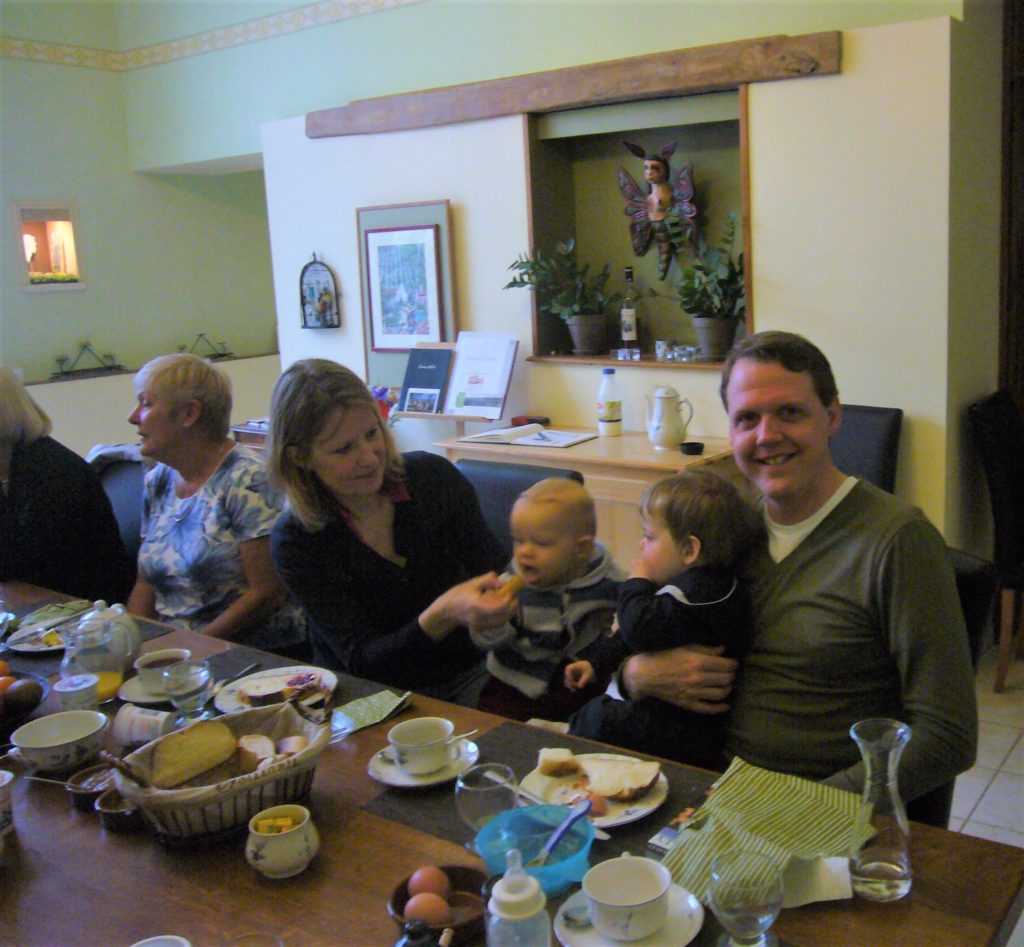
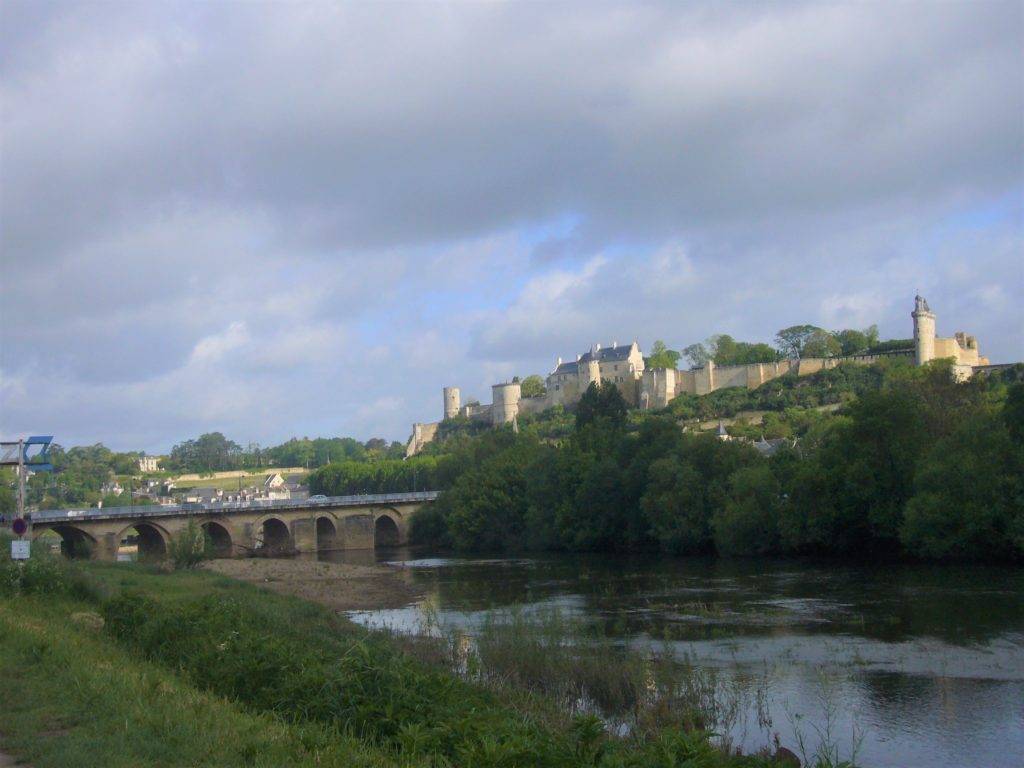
Our first château we explored was Château de Breze. A small, dry-moated castle located in Breze, near Saumur in the Loire Valley. The château is a listed ancient monument originally dating from 1060. Considered to be one of the most intriguing castles of the Loire, partly due to it’s underground fortress.
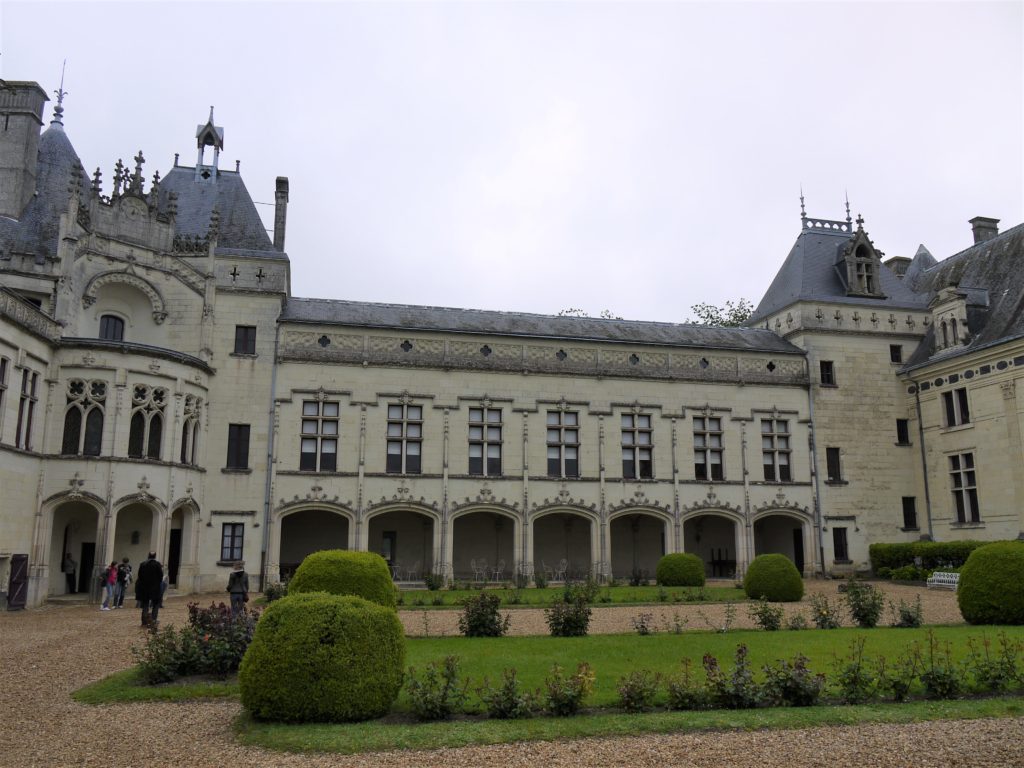
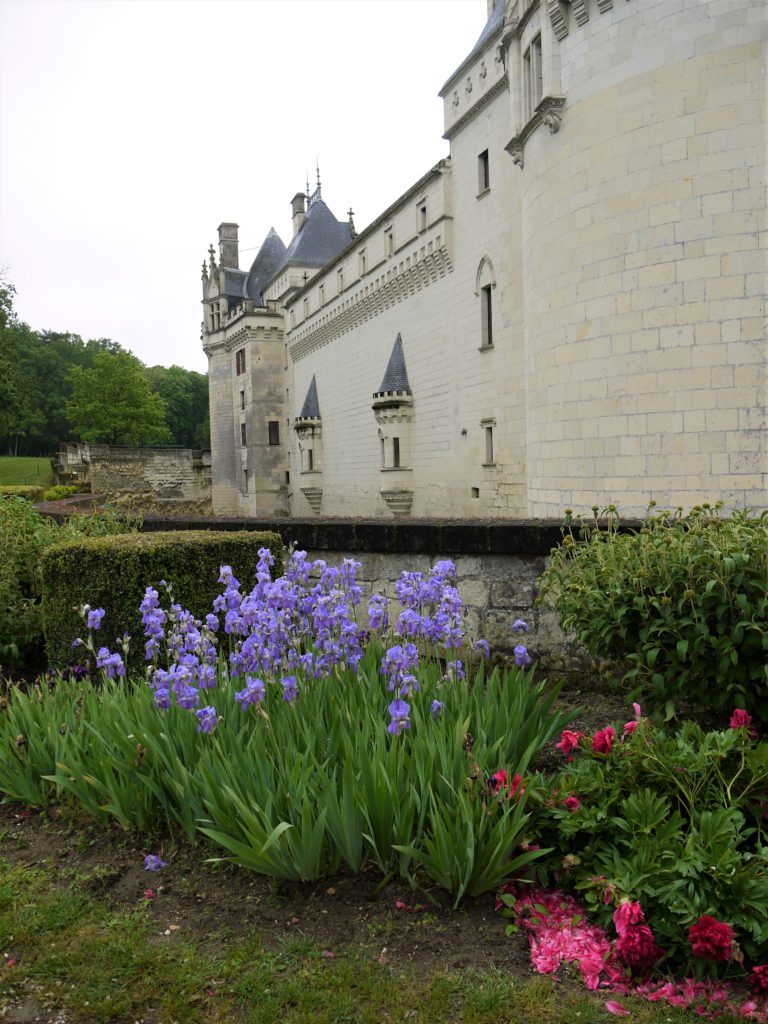
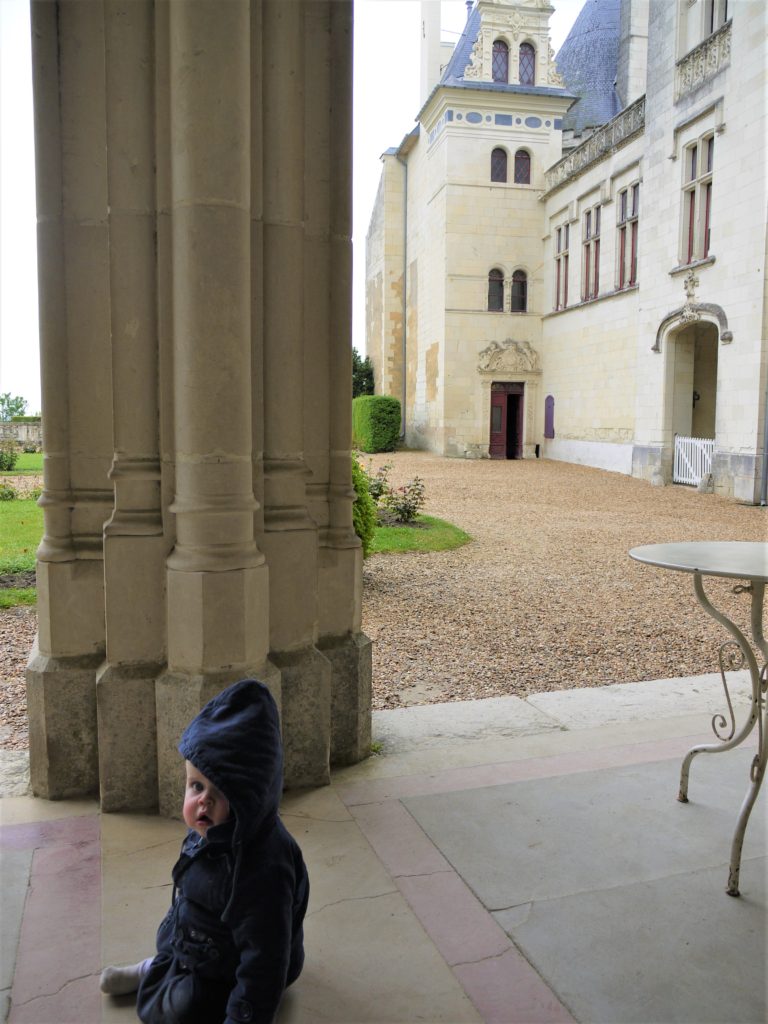

Offering an impressing underground heritage, consisting of steep slope galleries with very large sections, cavities, and the largest known underground medieval bakeries in France, with its imposing fireplace and chimney.
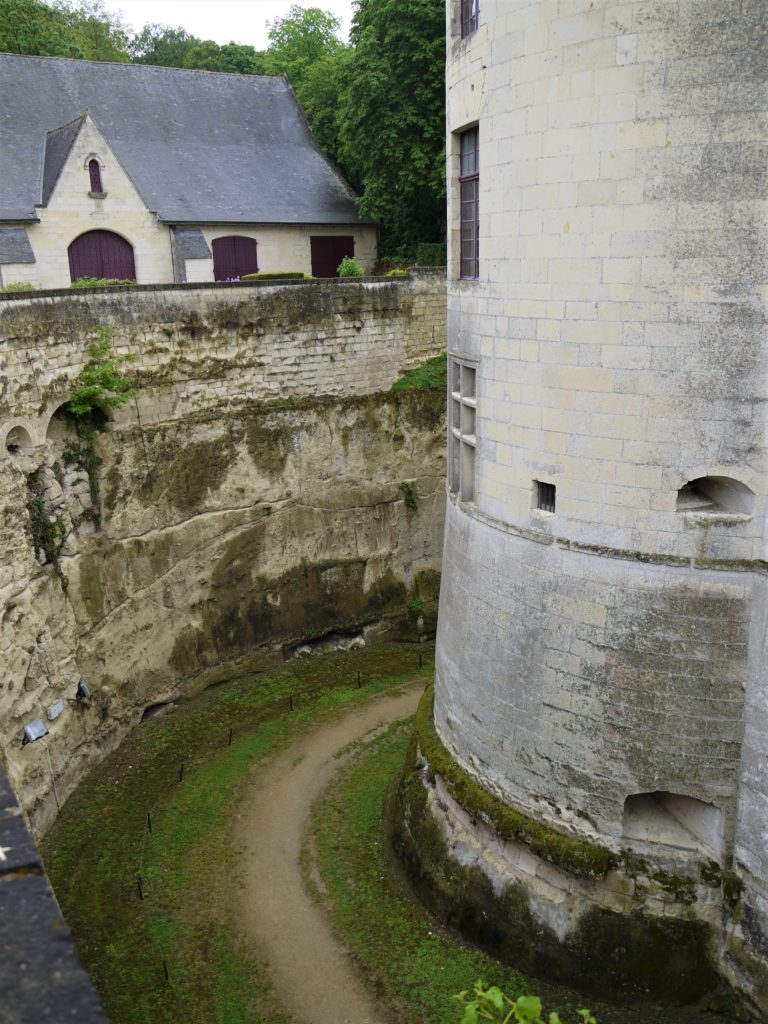

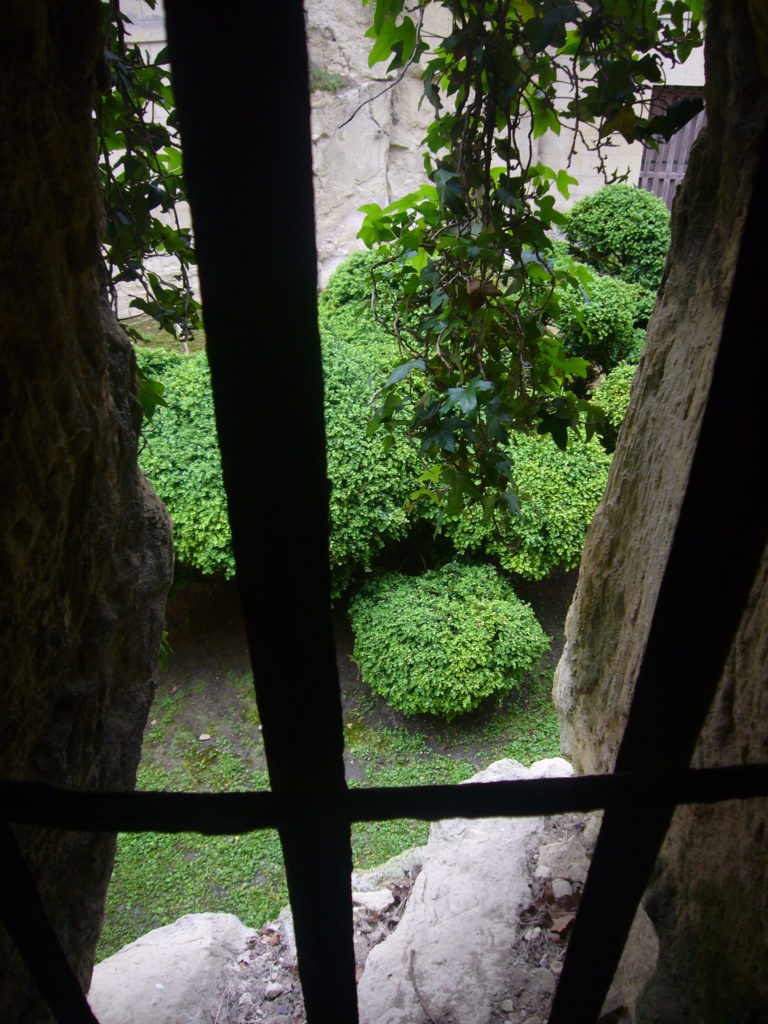
A range of wines are produced at the château, which has 30 hectares of vineyards. Walking along the moats, we passed by three wine presses of the sixteenth century. The presses, still working, are part of the largest currently known in the west of France. Beautiful tools used to produce the wine are still found there.
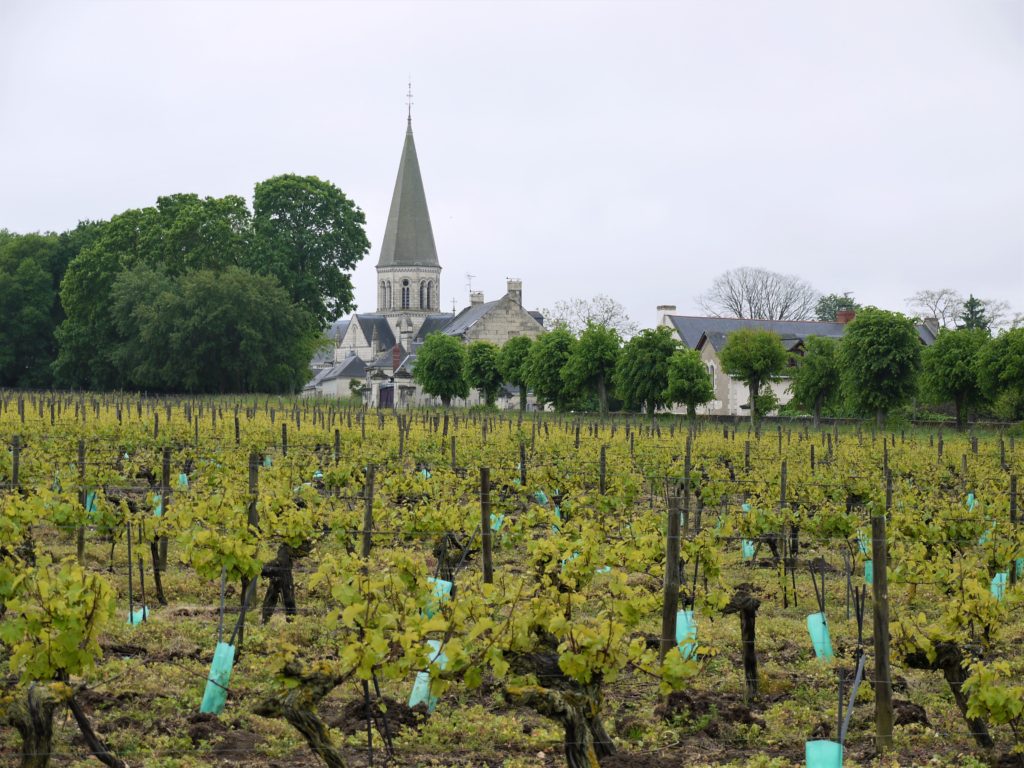
The following day we ventured out to discover the stunning Chenonceau. A picturesque château spanning the River Cher. Chenonceau is the most visited and photographed chateau of the Loire Valley and it is easy to see why.
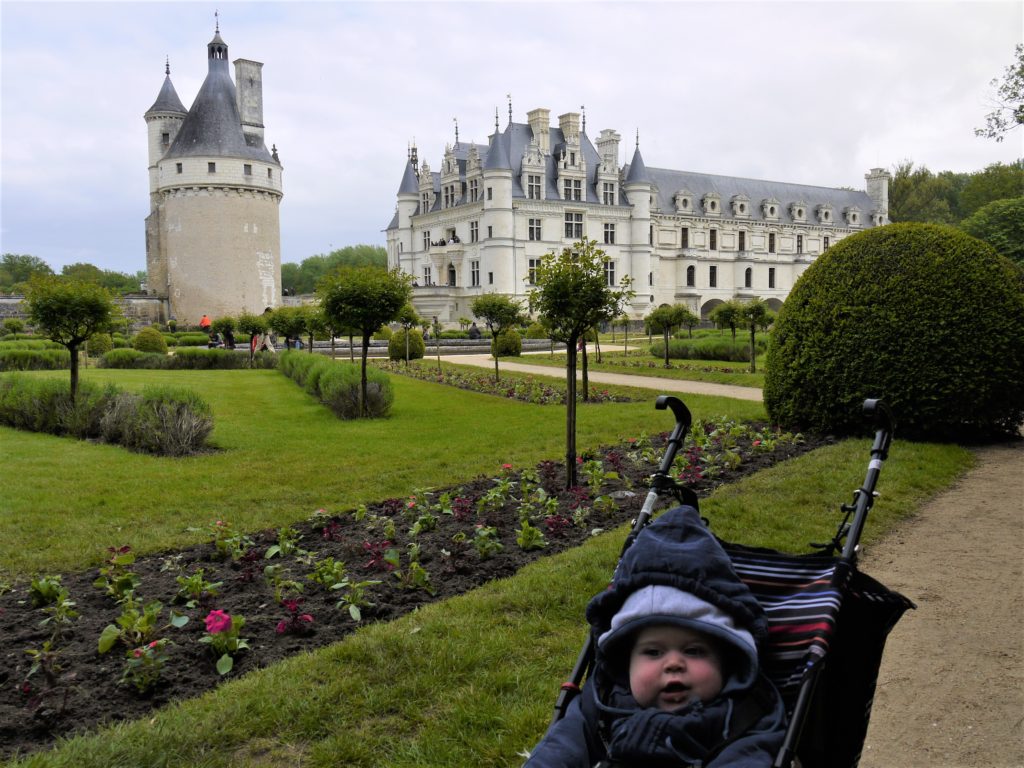
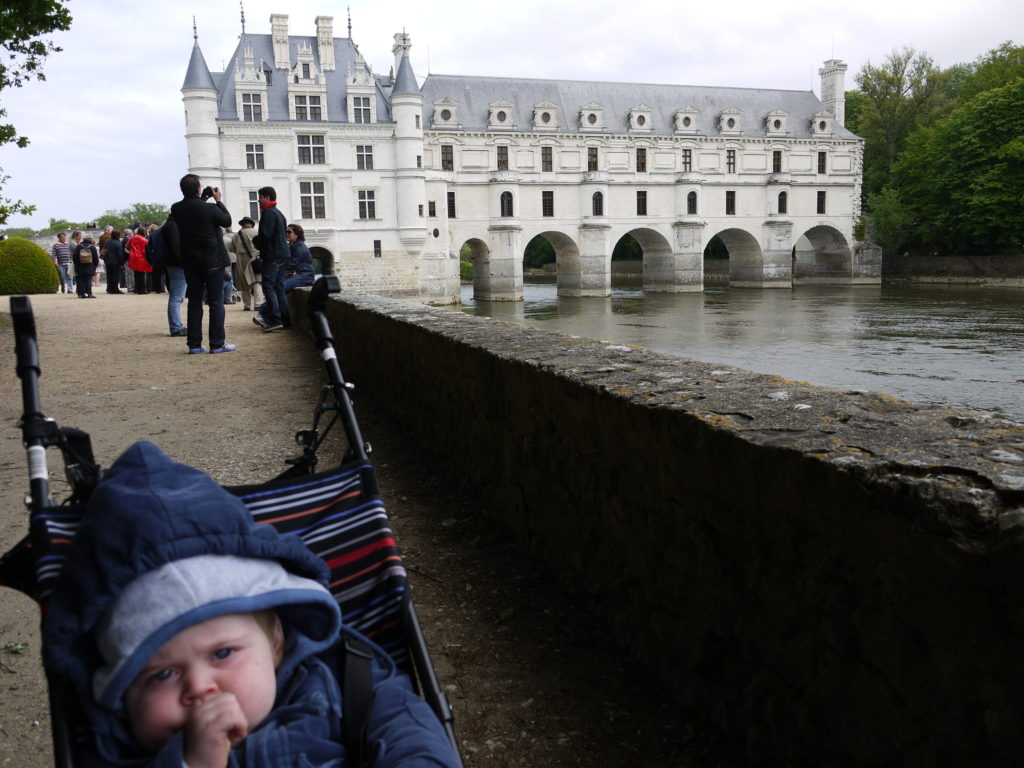
The history of Chenonceau Castle is marked by an almost uninterrupted succession of women who built, embellished, protected, restored and saved. Which is why it is often referred to as ‘the ladies château’. The first castle is a medieval castle in the 12th and 13th centuries, of which only the keep remains: the Tower of the Marques. the current monument dates from 1513 to 1517 built in the French Renaissance era.
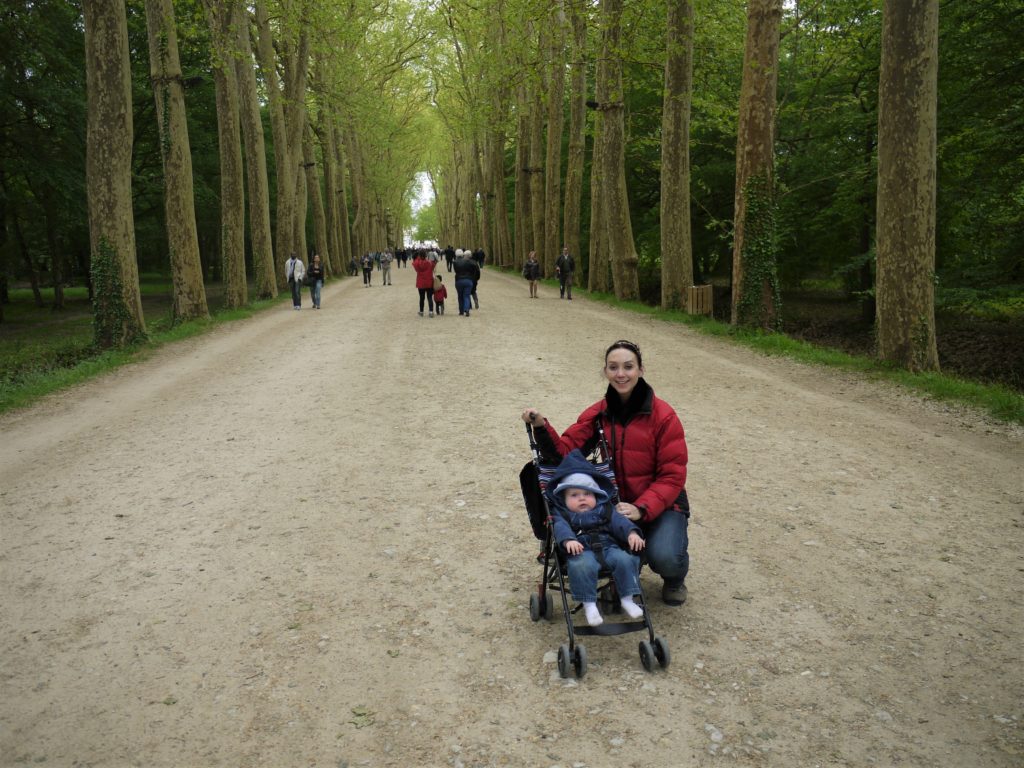
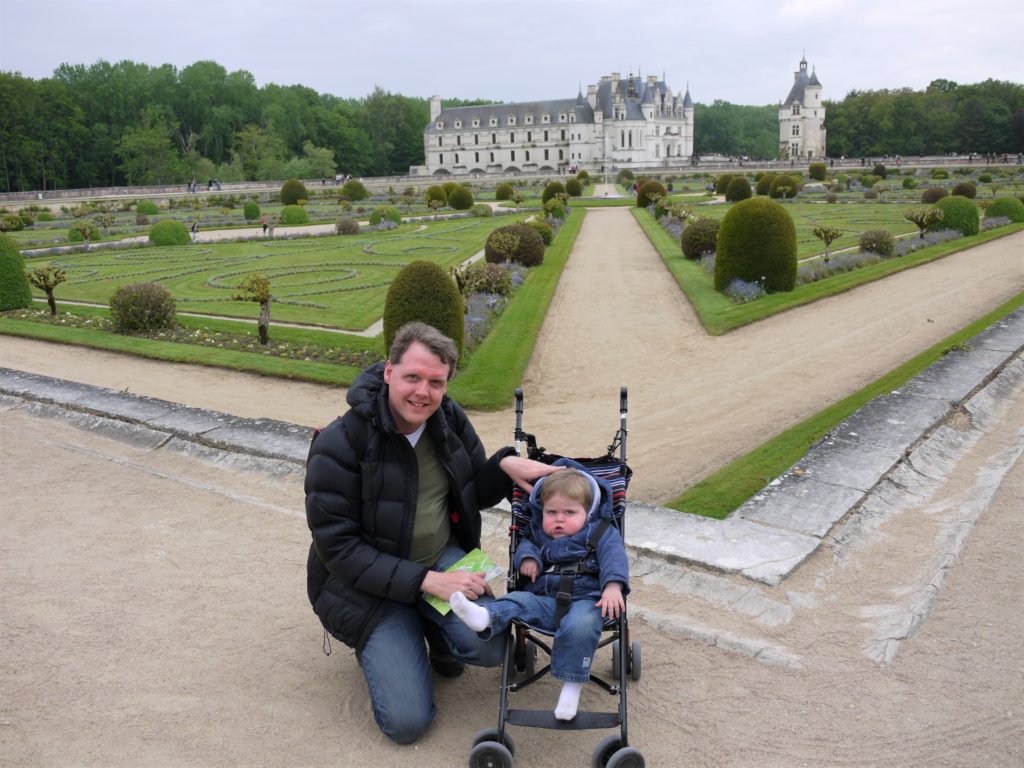
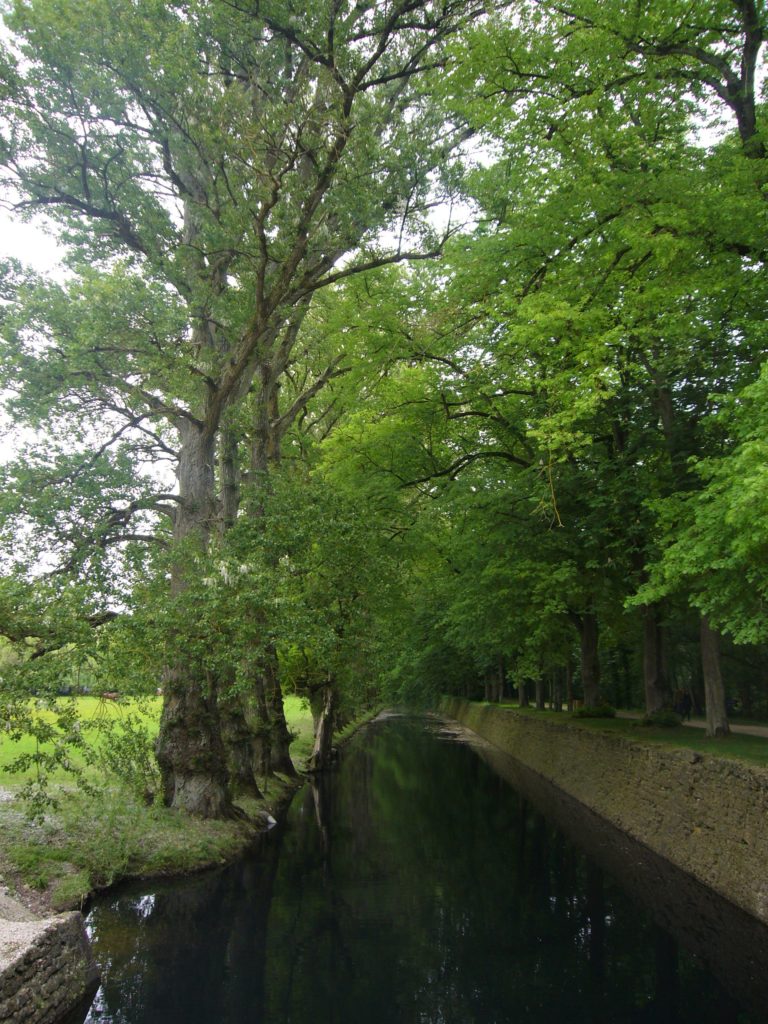
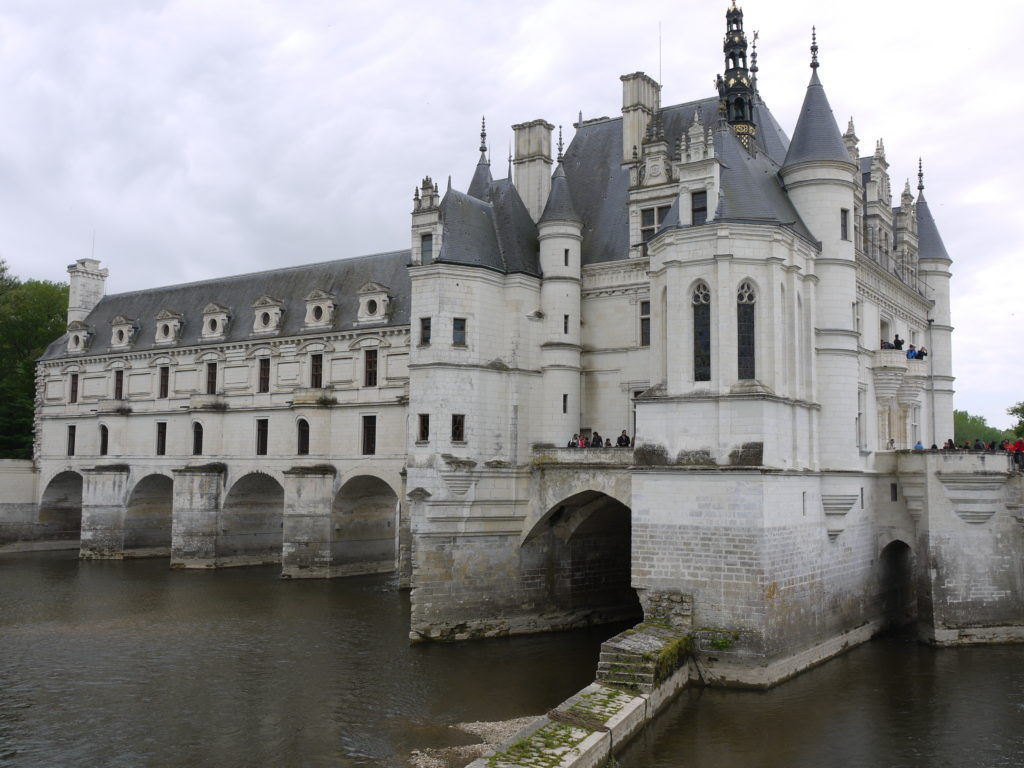
Next we explored the Château de Langeais. A medieval castle in Indre-et-Loire, built on a promontory created by the small valley of the Roumer River at the opening to the Loire Valley. Originally founded in 992 by Fulk Nerra, Count of Anjou.
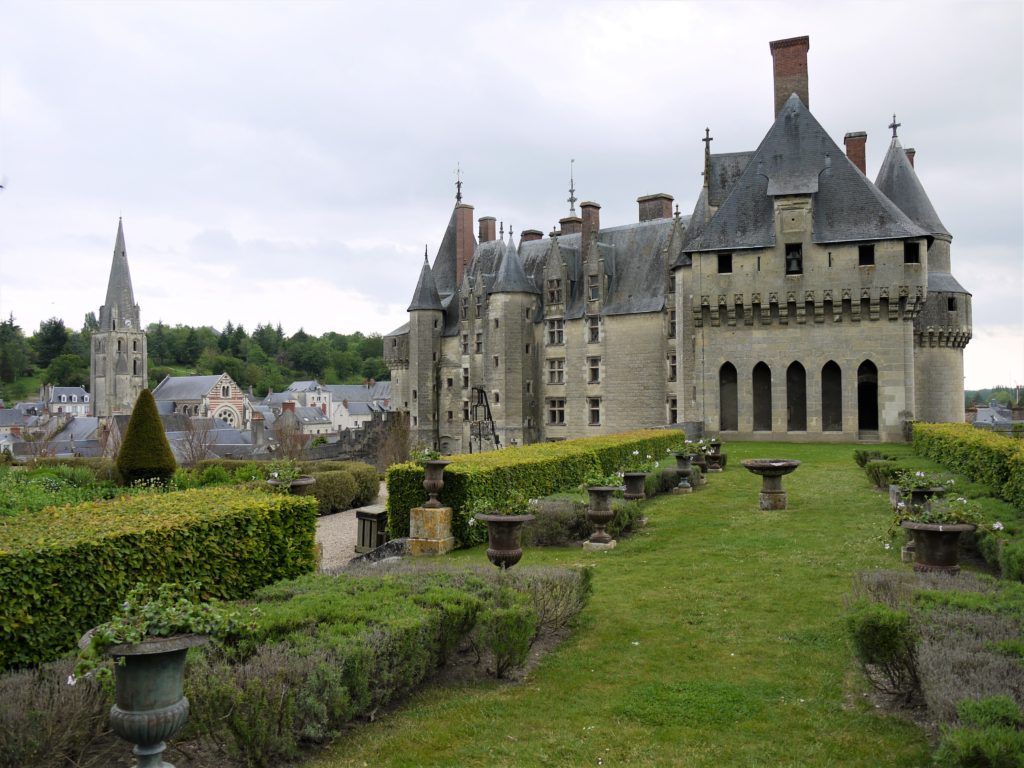
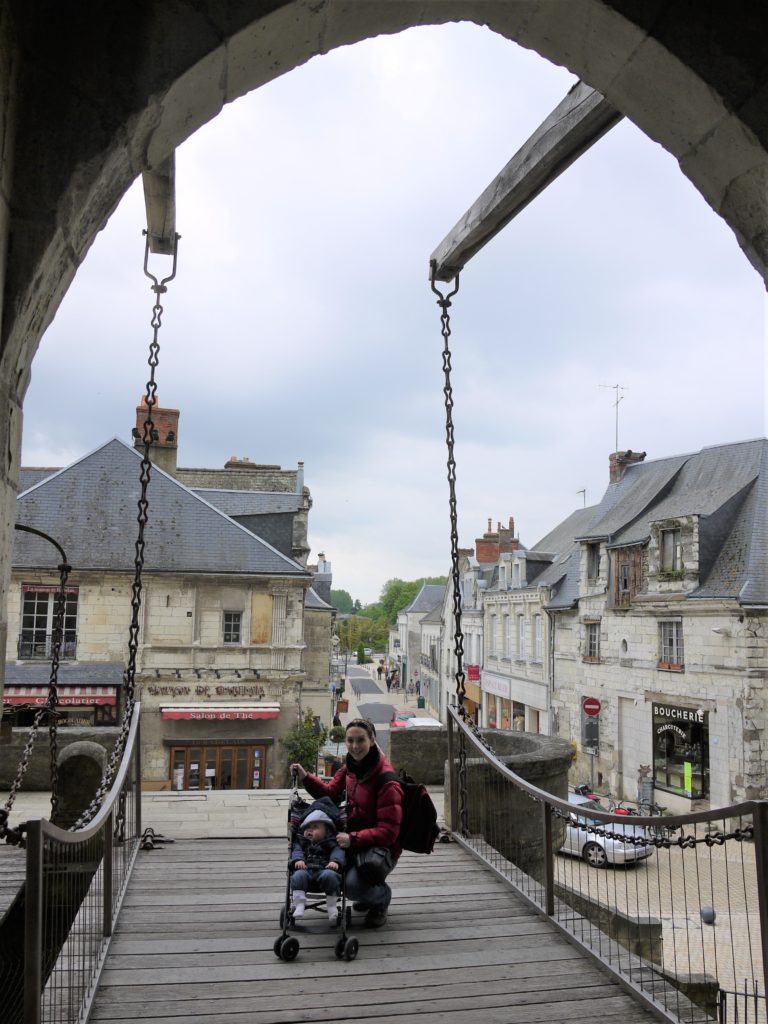
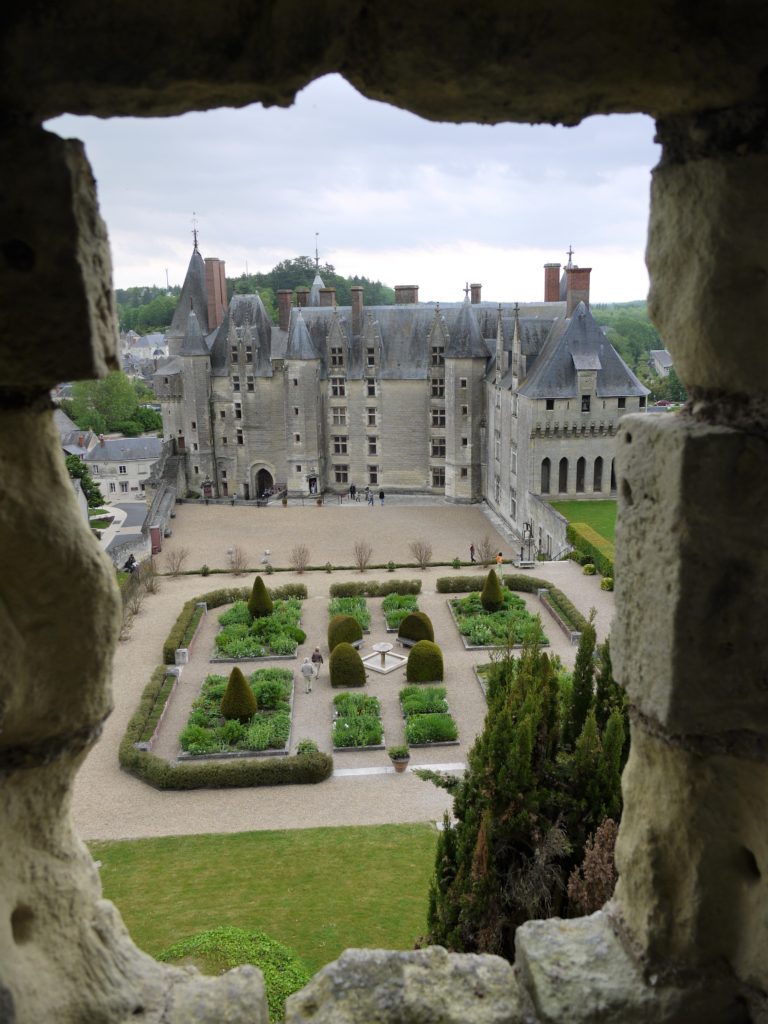
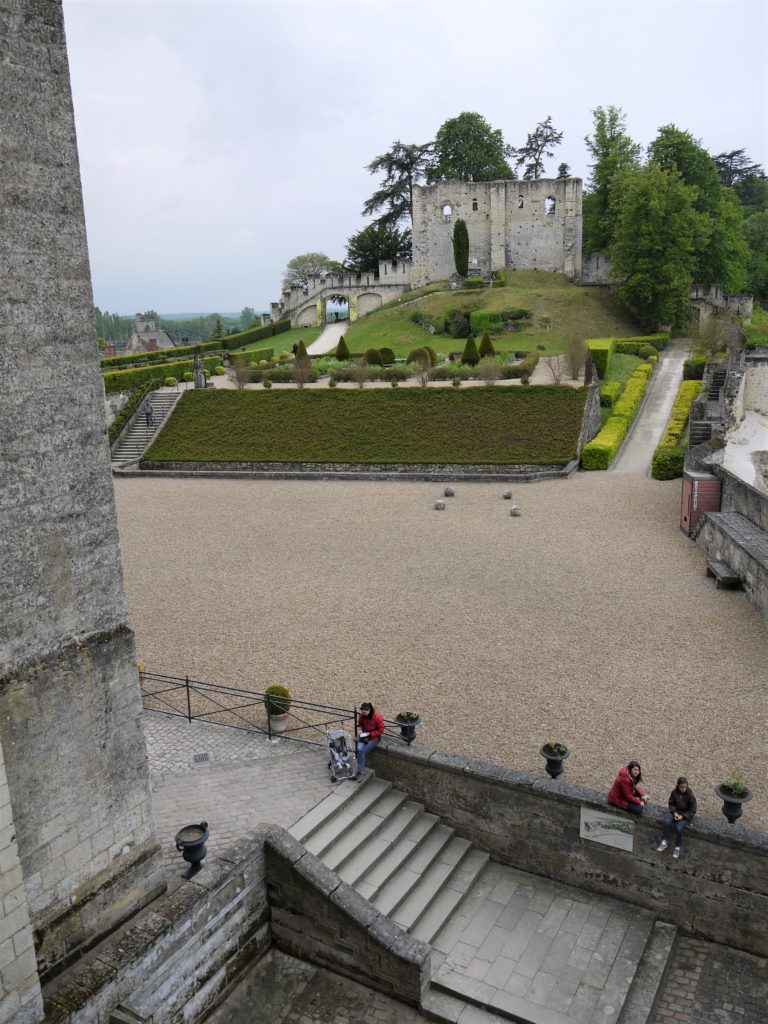
Between 1461-1483 King Louis XI rebuilt Château de Langeais into what today is one of the best-known examples of late medieval architecture. It is especially noted for its monumental and highly decorated chimney pieces. Restored in the late 19th century, It is listed as a monument historique.
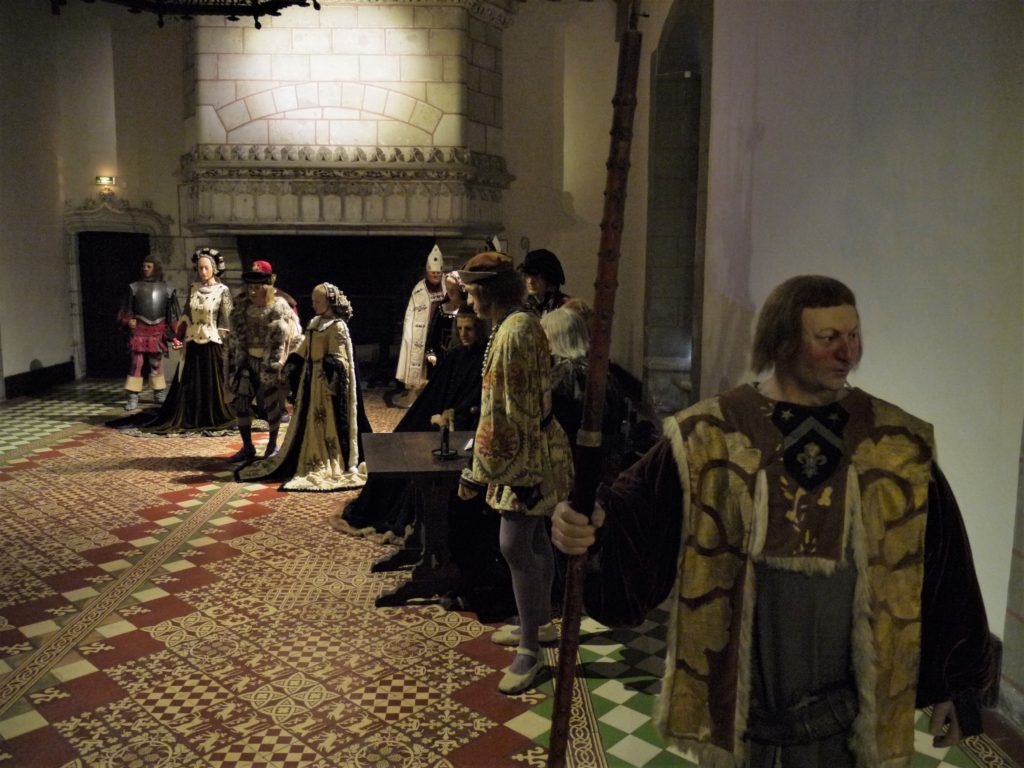
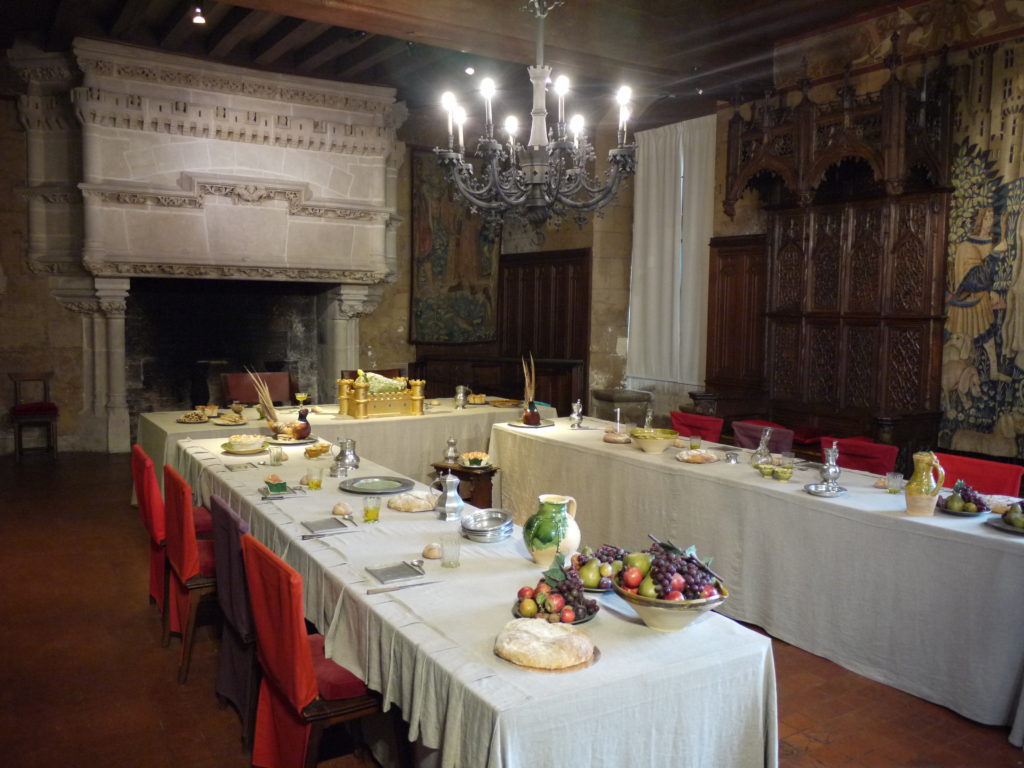
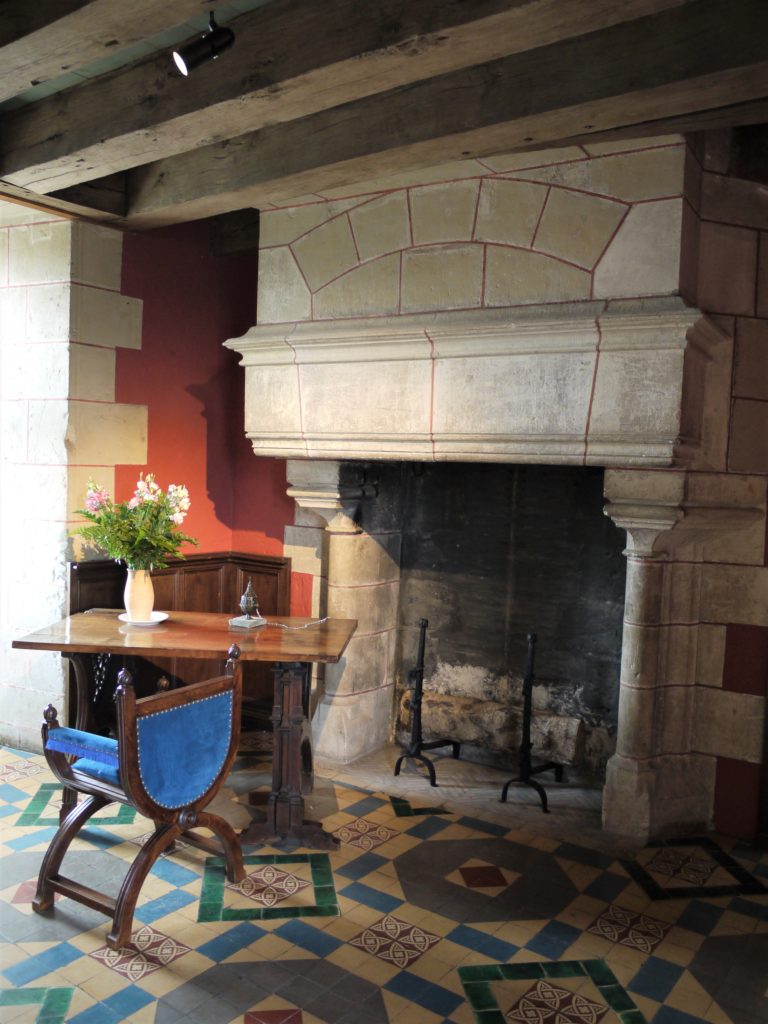
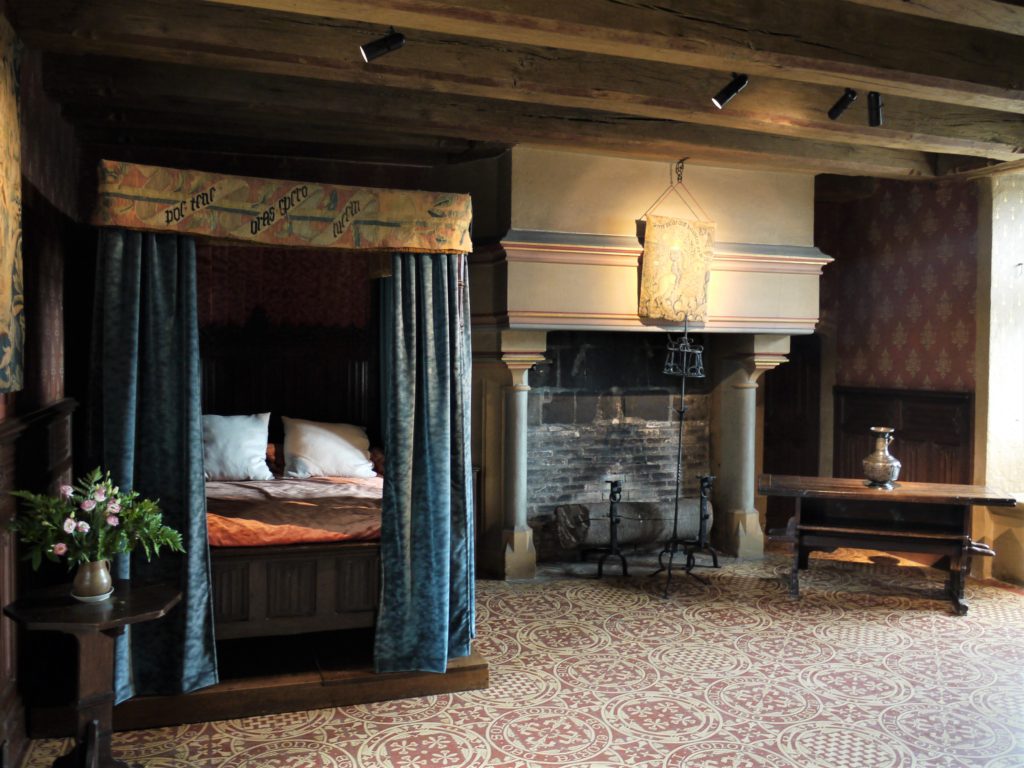
The following day it was time to discover Château de Villandry. The Château of Villandry is the last of the great chateaux of the Loire built during the Renaissance period. The modern elegance of its architecture combined with the charm of its outstanding gardens make this one of the jewels of world heritage.
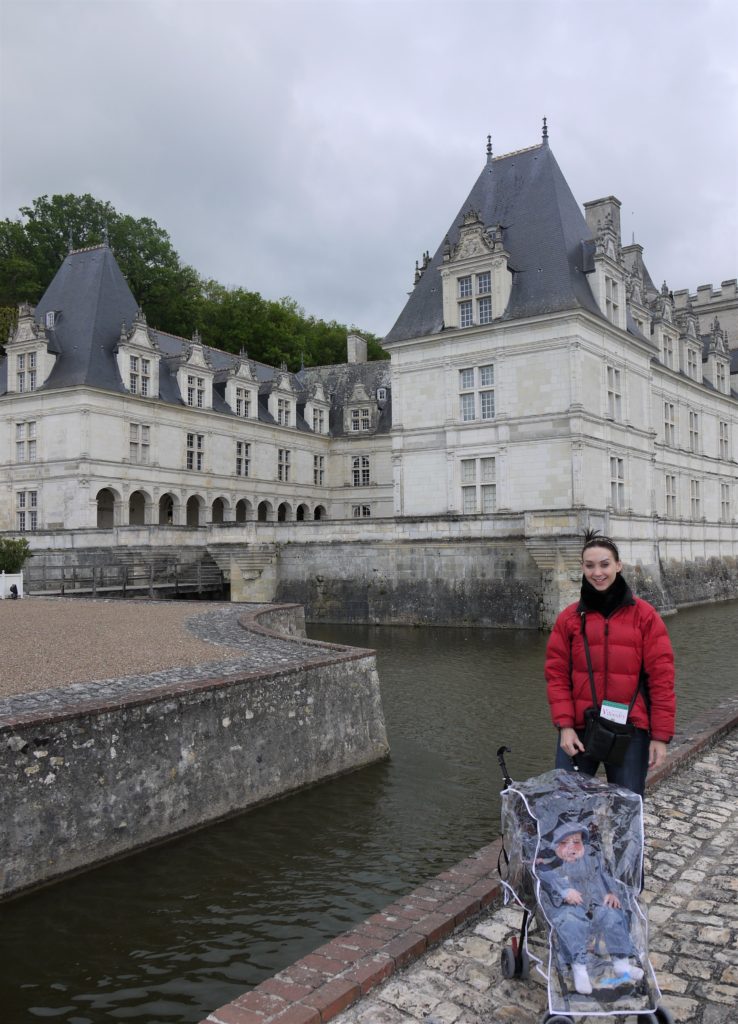
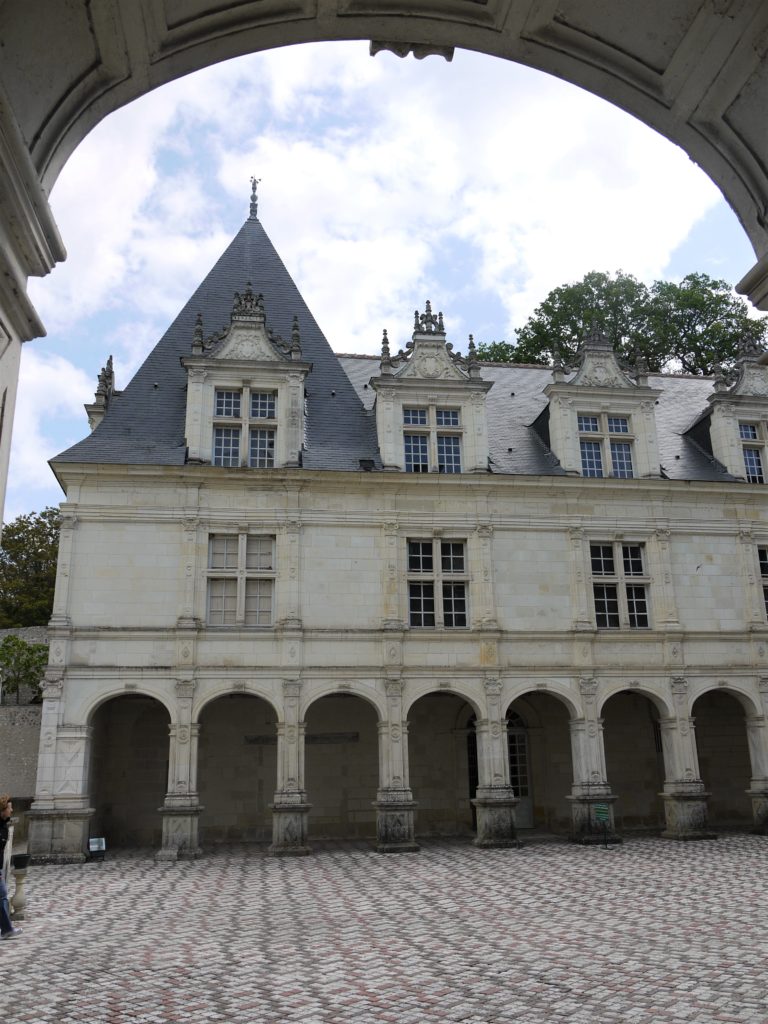
With its unique furnishings, décor and atmosphere, the Château de Villandry is a living testimony of French heritage.
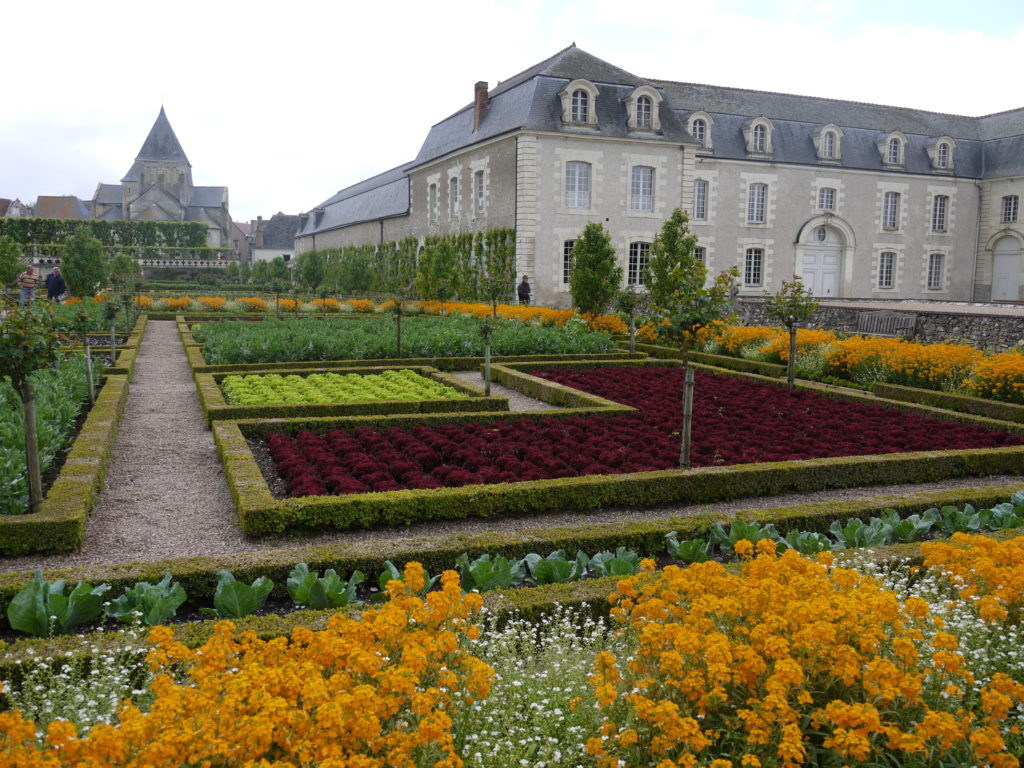
Visiting the art gallery is an integral part of visiting the château. Our Kidsetter was quite the conversationalist providing his in-depth knowledge of the art works. All in ‘baby lingo’ – very cute !

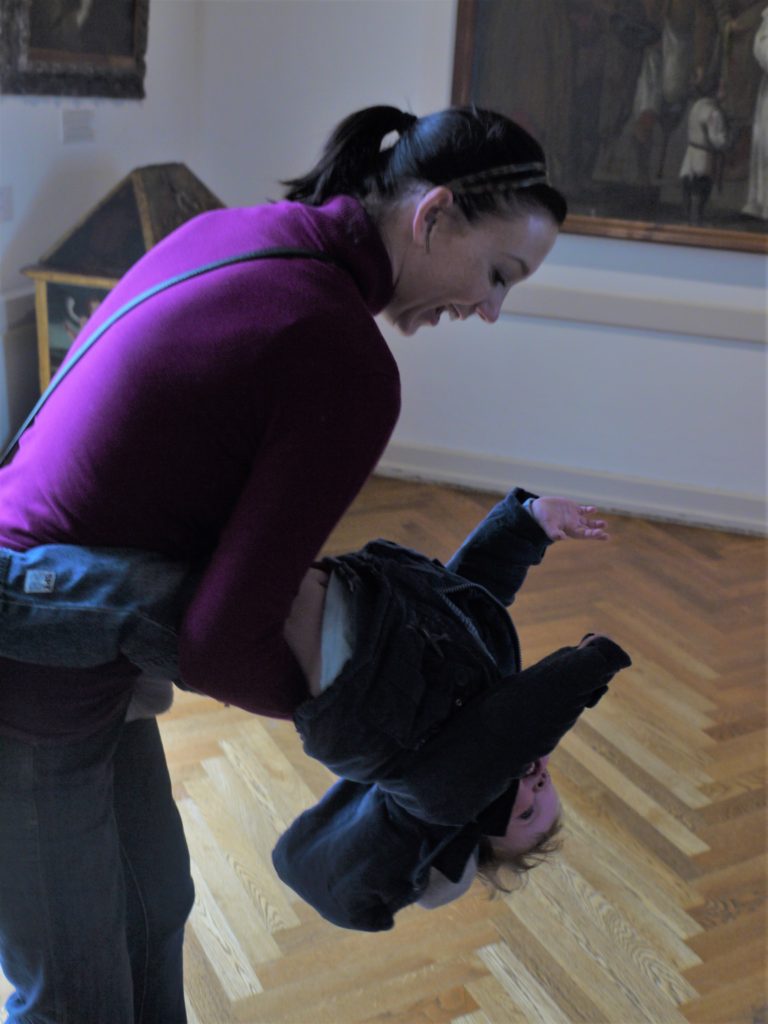
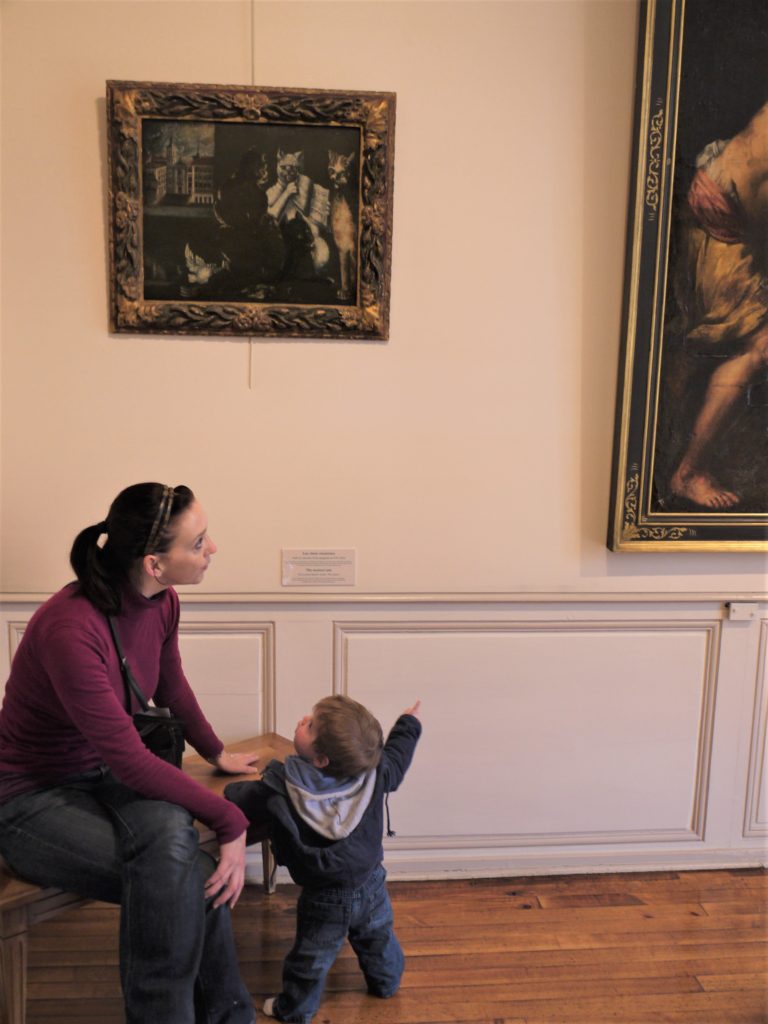
Villandry’s famous Renaissance gardens include a water garden, ornamental flower gardens, and vegetable gardens. The gardens are laid out in formal patterns created with low box hedges. Originally the gardens were created by the monks of a nearby church. In 1934, Château de Villandry was designated a Monument historique.
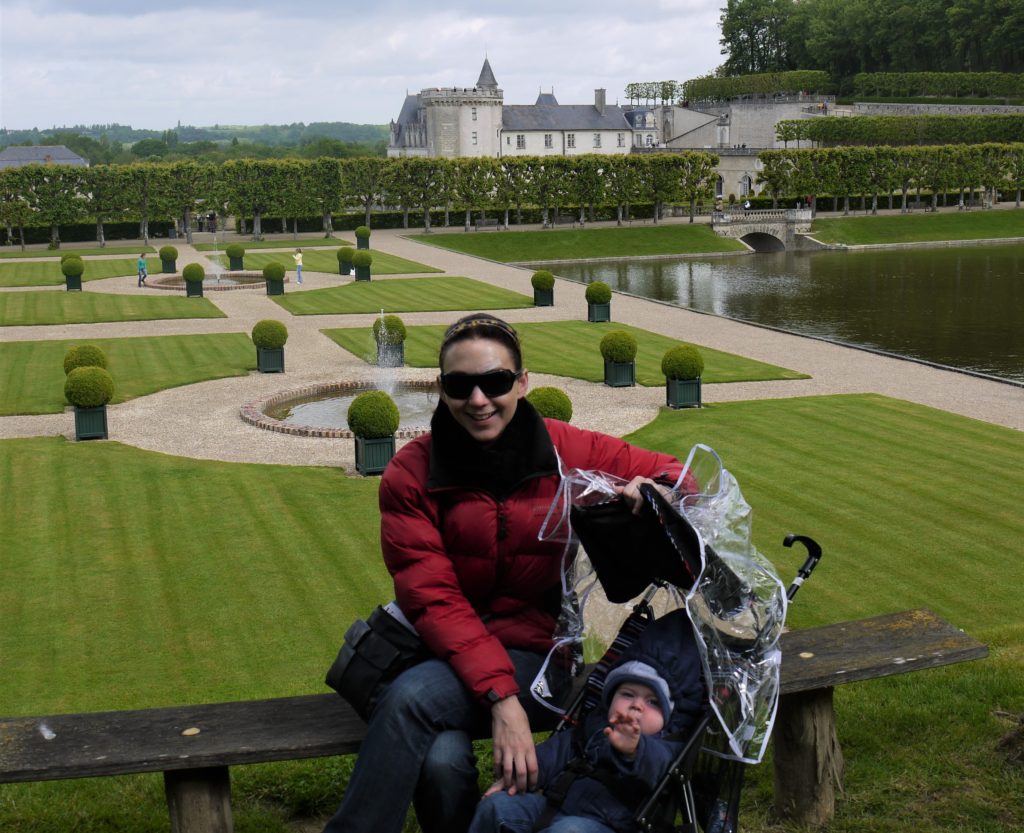
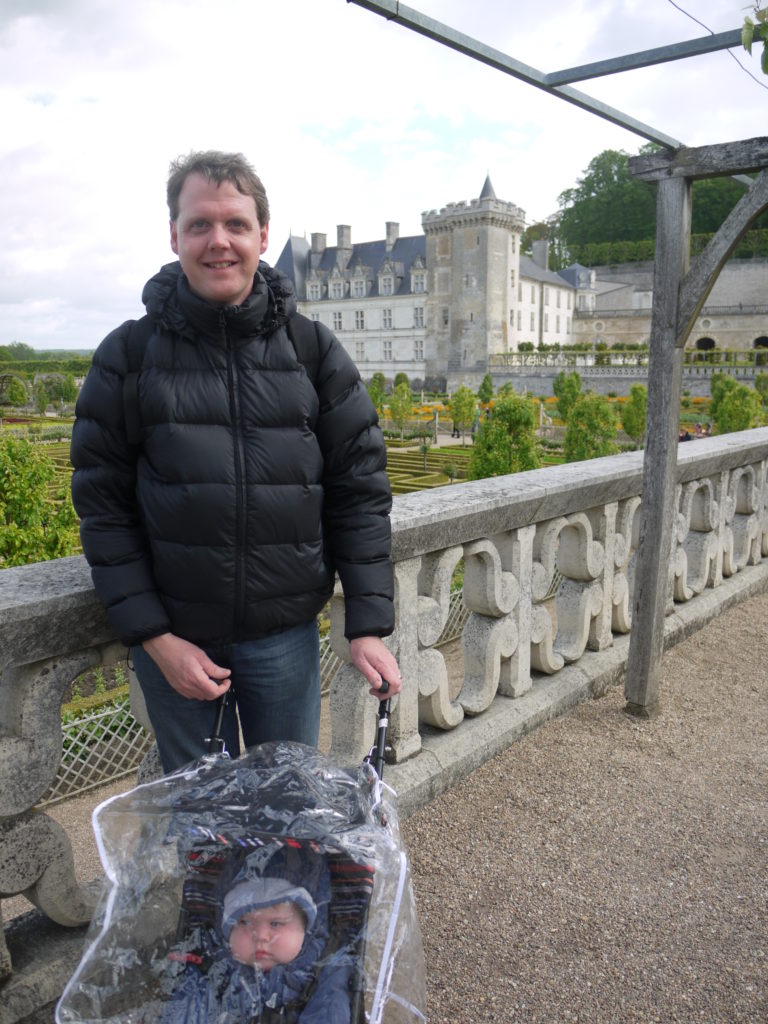
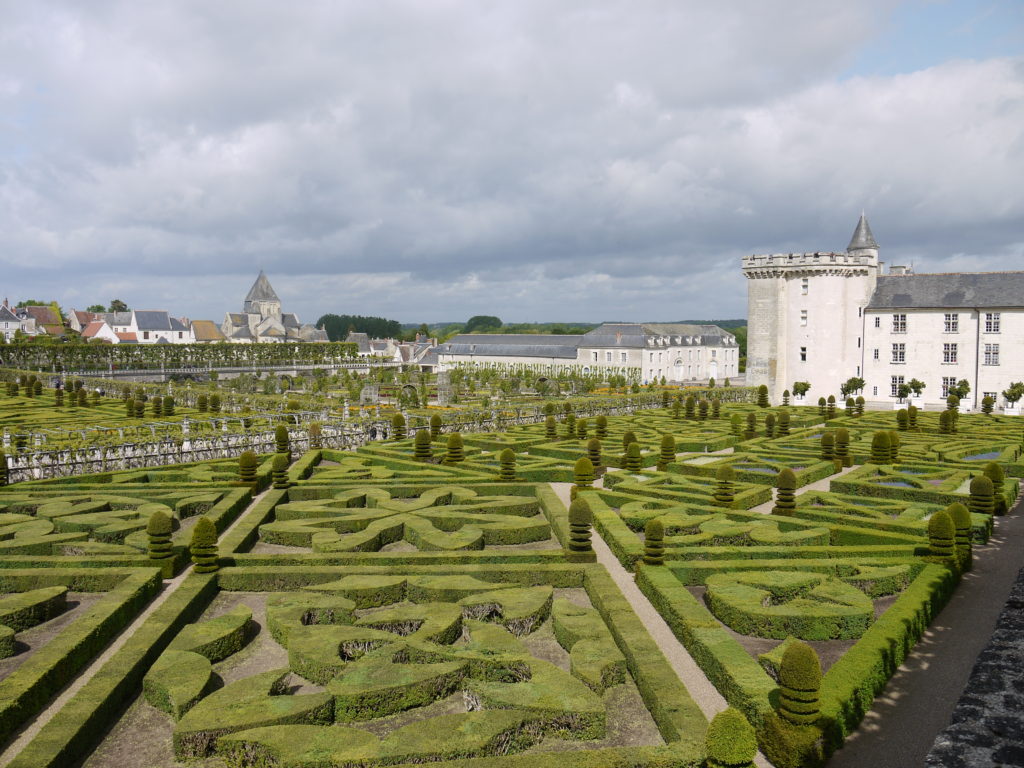
Viewing all these gardens made for thirsty work !
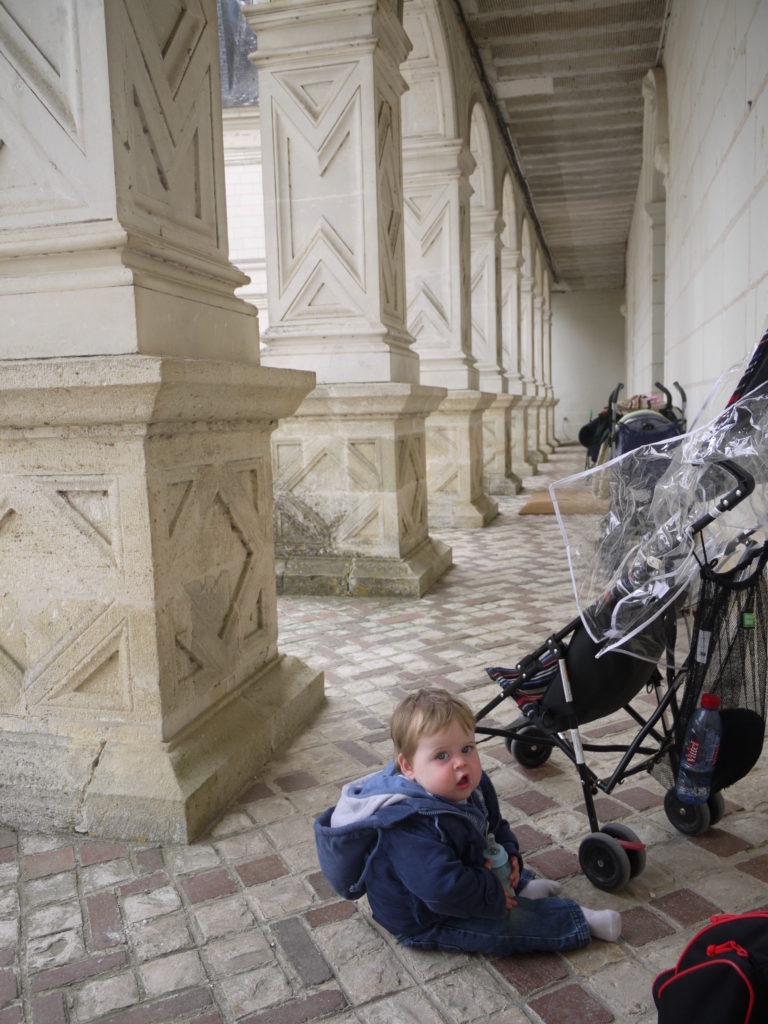
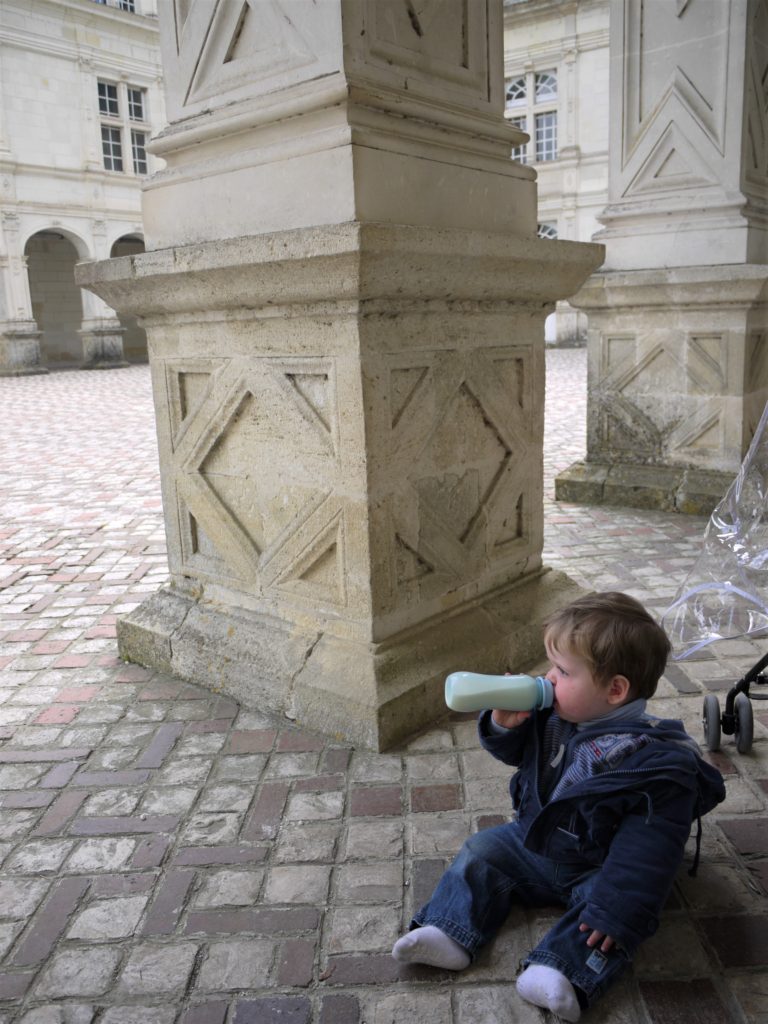
Next it was time to marvel at the Château d’Azay-le-Rideau. Built between 1518 and 1527, this château is set on an island in the middle of the Indre and appears to rise straight out of the waters of the river, which reflect the castle’s façades so that the château appears to float in its own image.
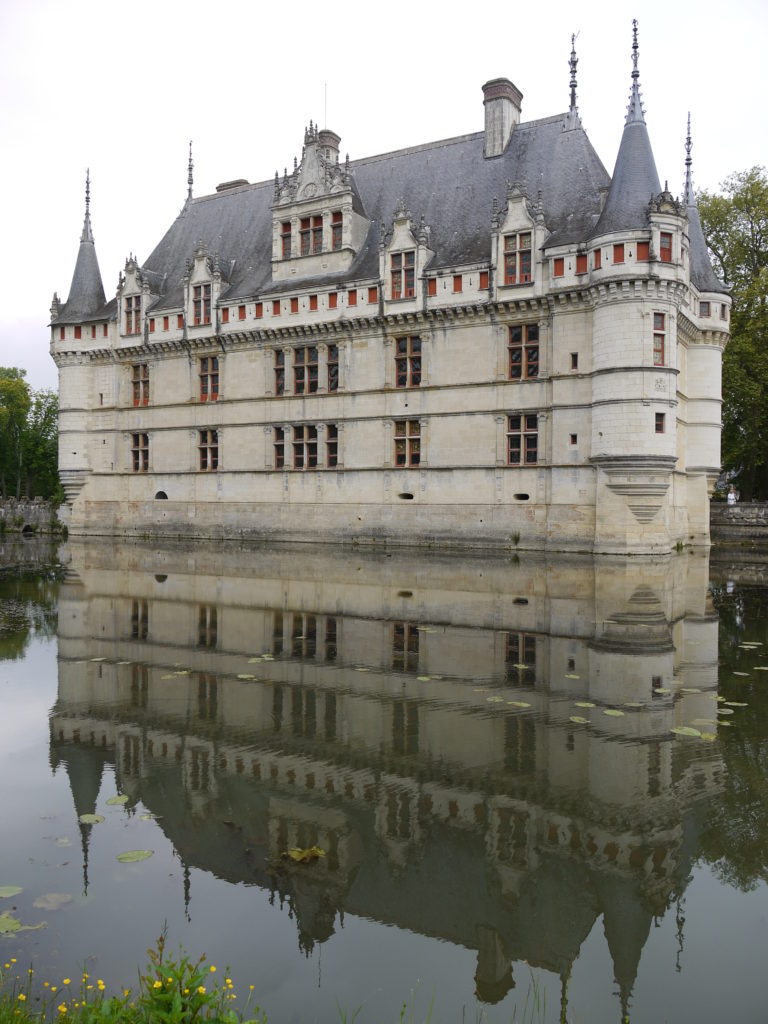
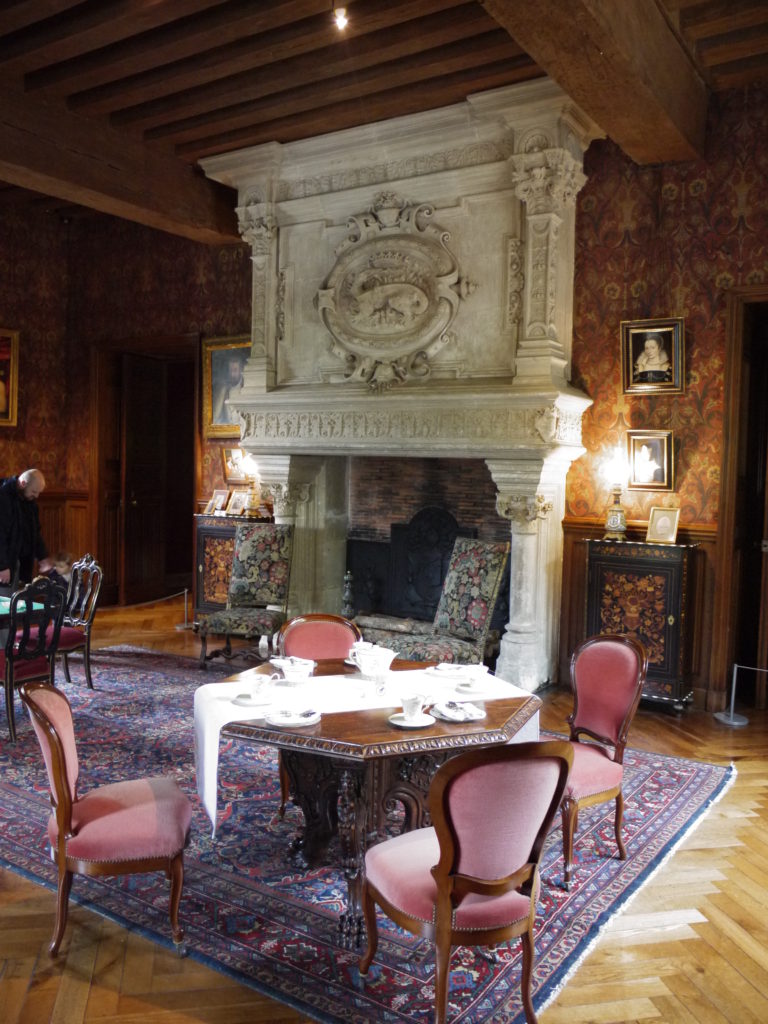
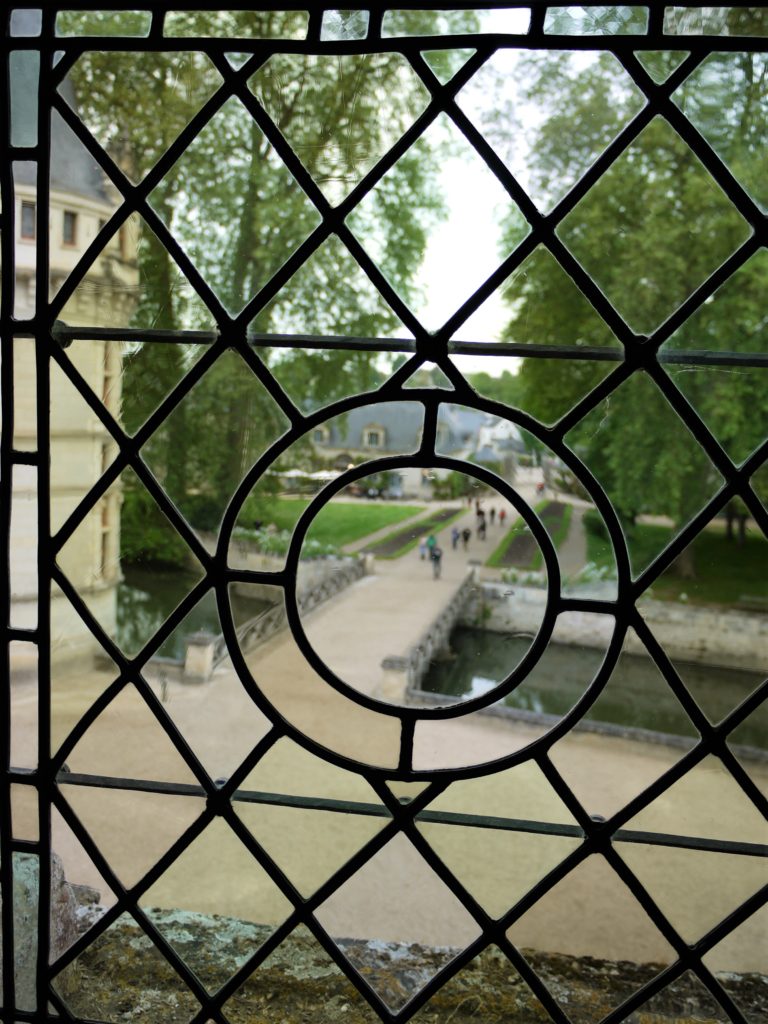
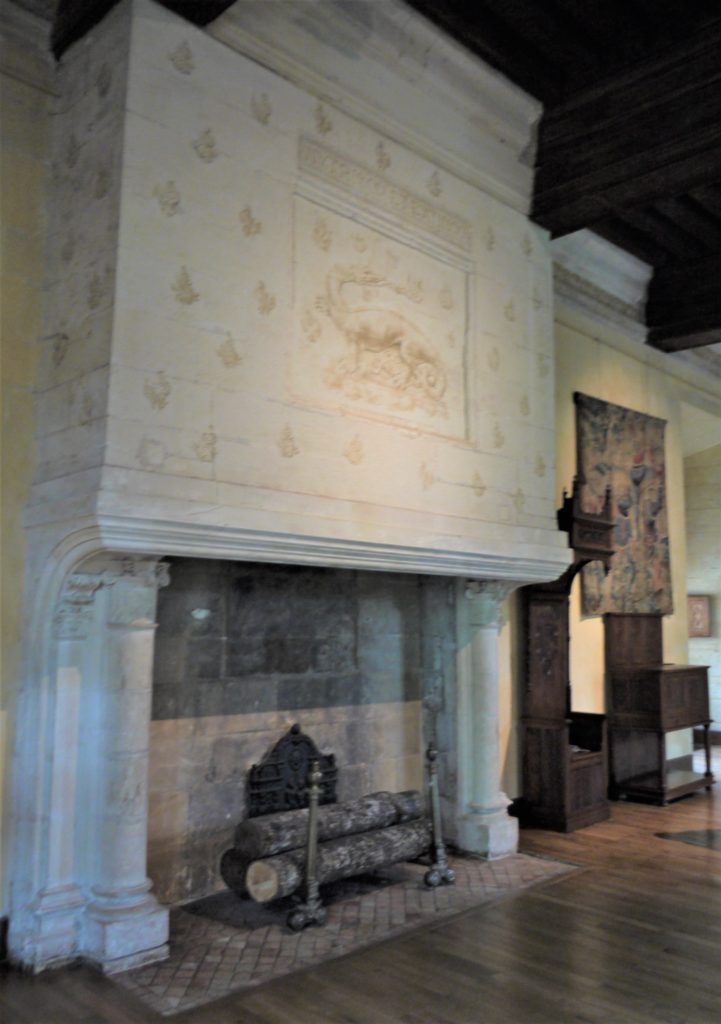
Often described as ‘a facetted diamond, set in the Indre’. This striking setting has helped Azay-le-Rideau to become one of the most famous of the Loire’s many châteaux. Such a magical place !
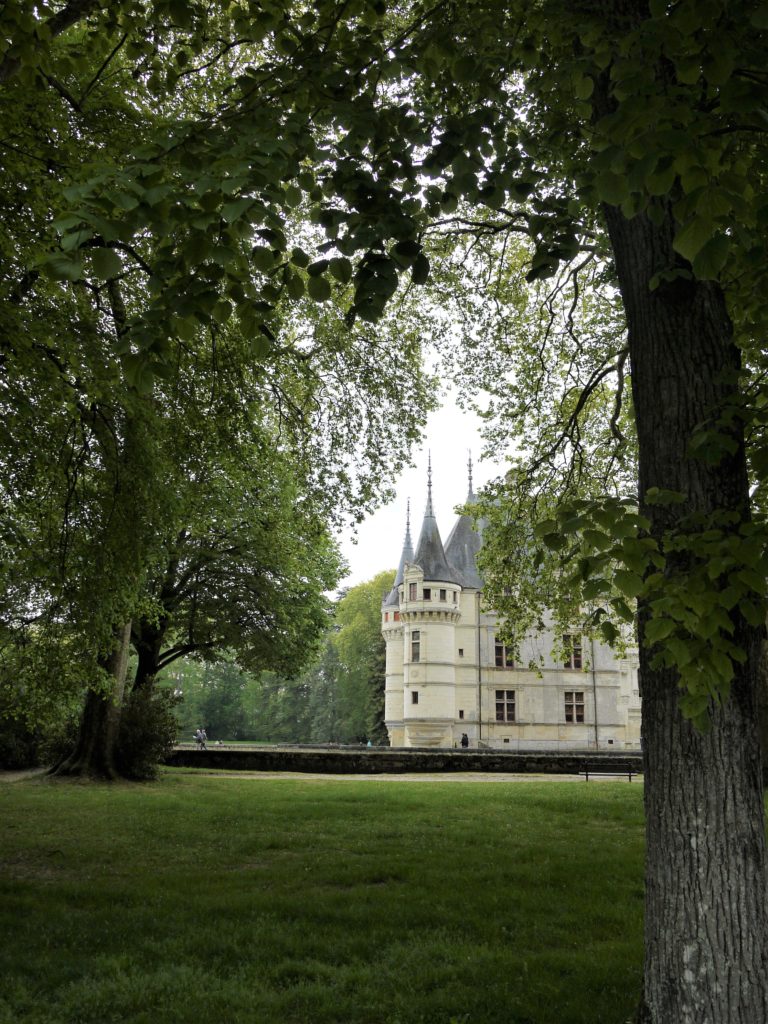
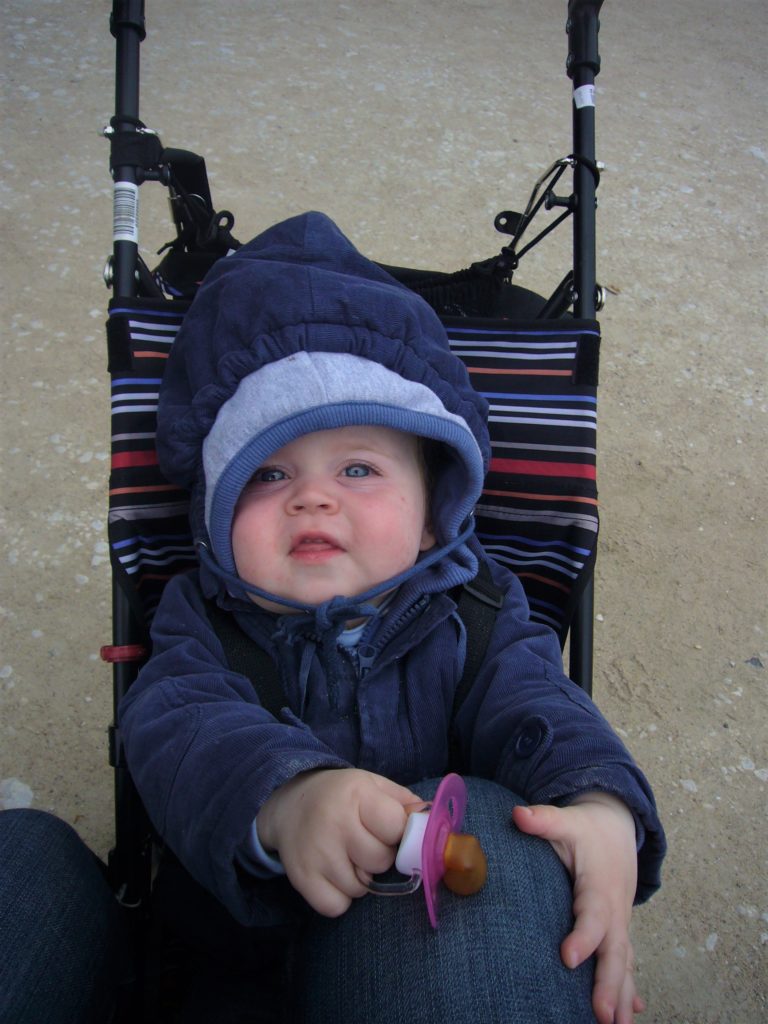
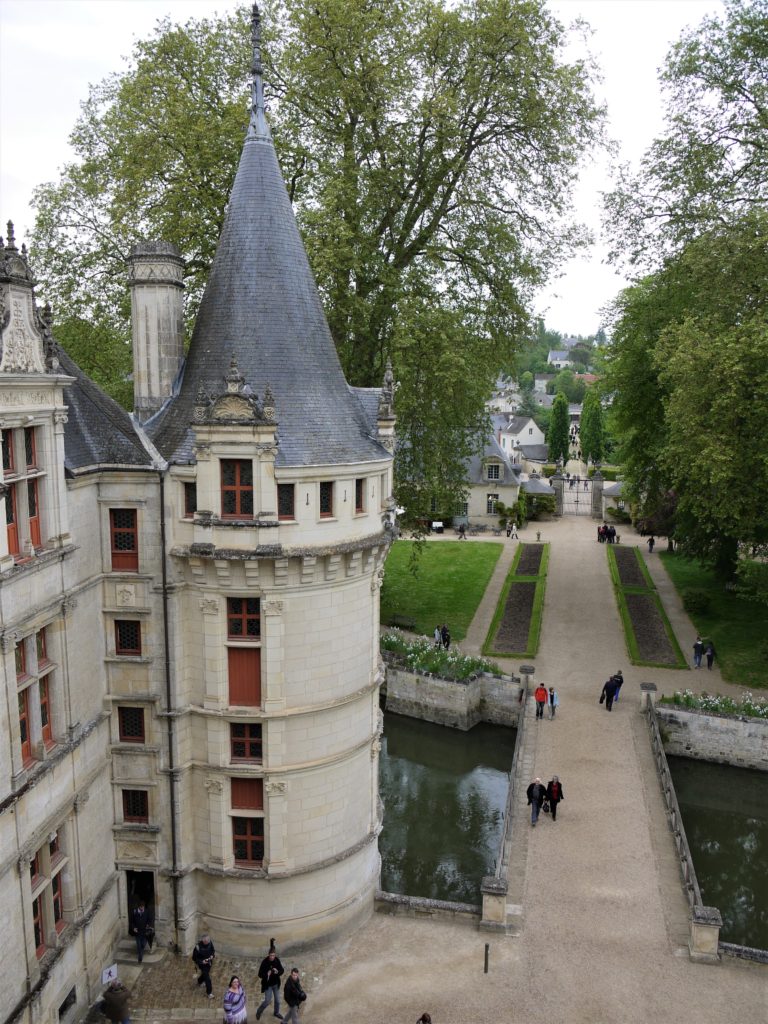
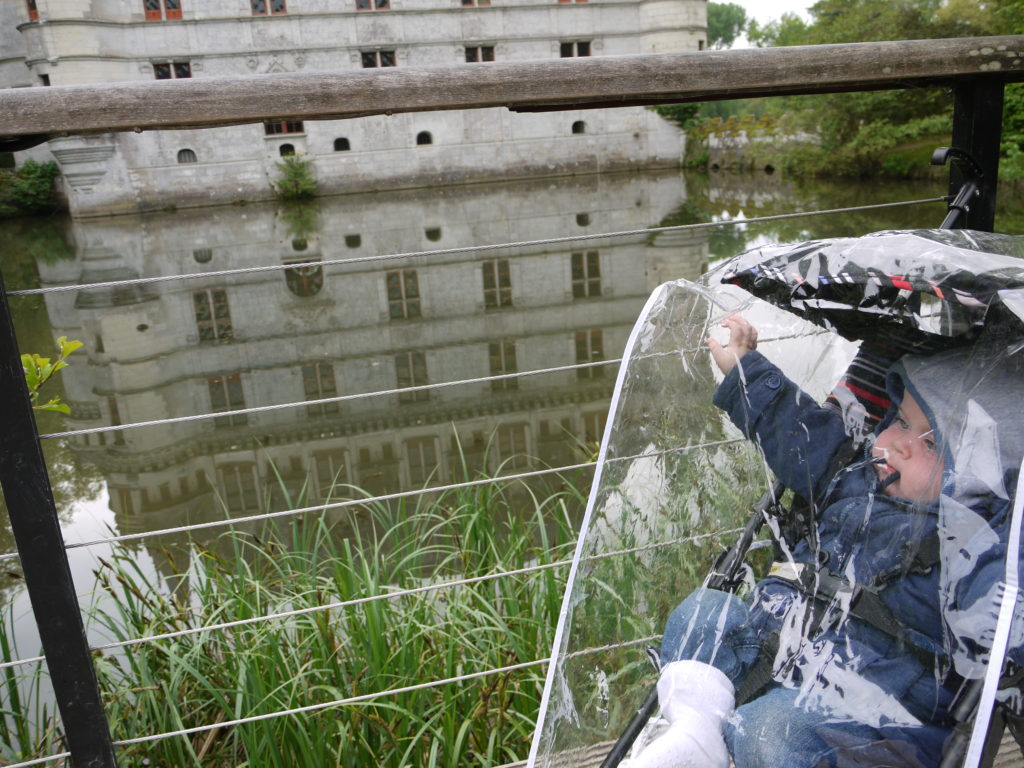
Next is was time to absorb the ambiance of The Royal Abbey of Our Lady of Fontevraud (in French: abbaye de Fontevraud). A monastry in the village of Fontevraud-l’Abbaye, situated where the three regions of Poitou, Anjou and Touraine meet, is one of the largest surviving monastic cities from the Middle Ages.
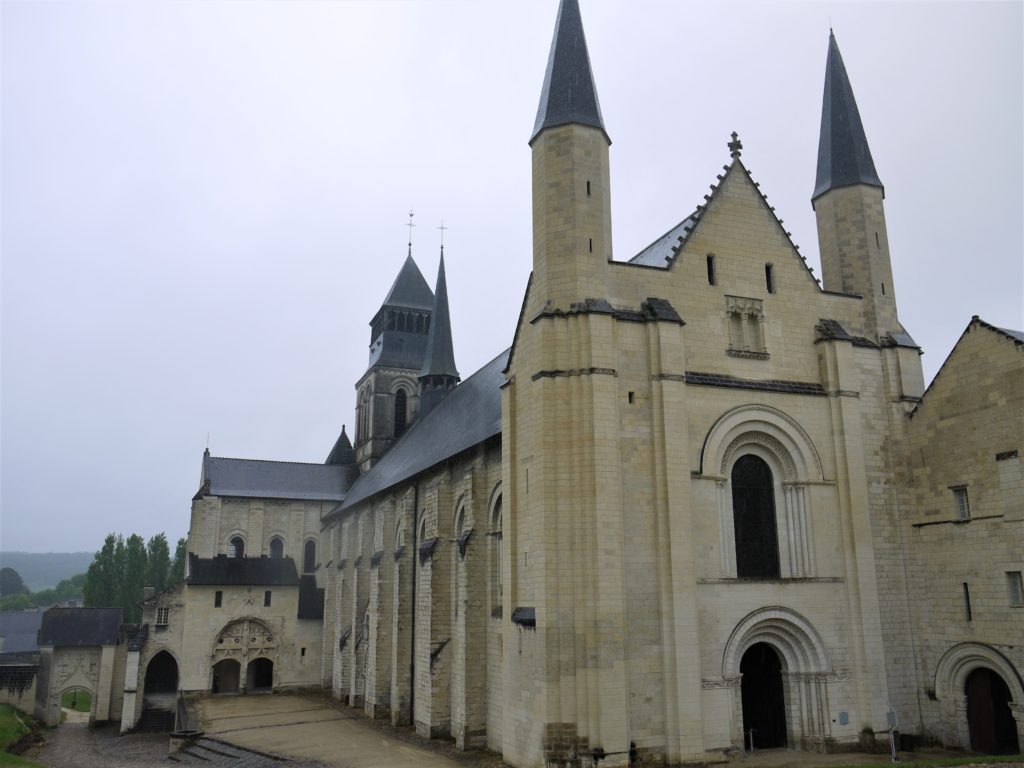
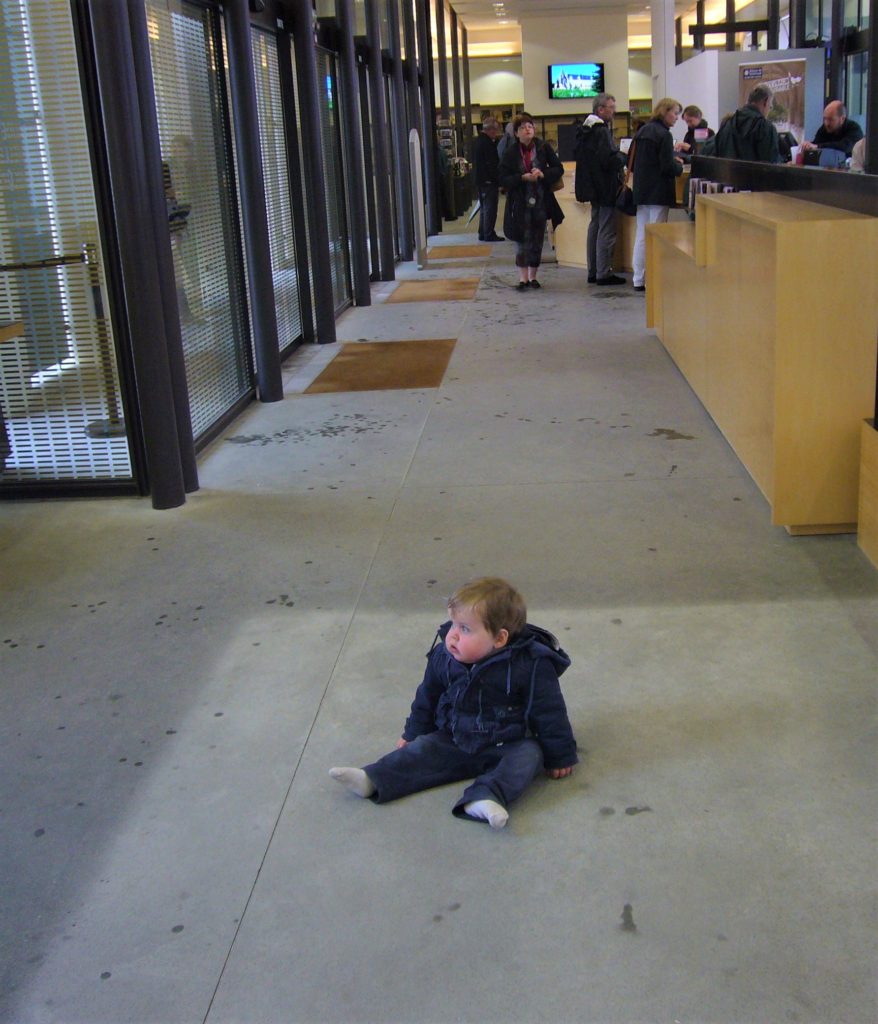

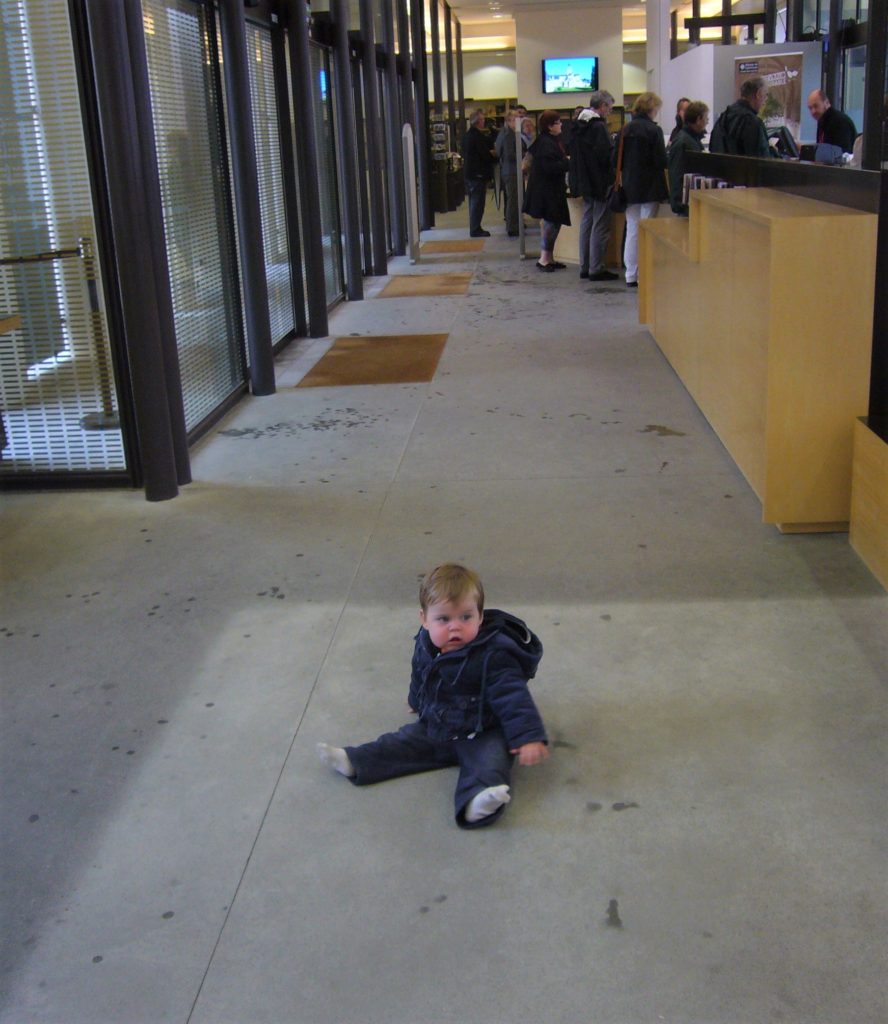
Founded in 1101 by a monk and visionary, Robert d’Arbrissel. The Abbey was considered ‘peculiar’ at the time as it included people from all social backgrounds. Fontevraud Abbey was envisaged as an ‘ideal city’, a place of worship dedicated to prayer and work, in abstinence, silence and poverty. The order of Fontevraud rapidly spread over a vast area, reaching as far as England and Spain.
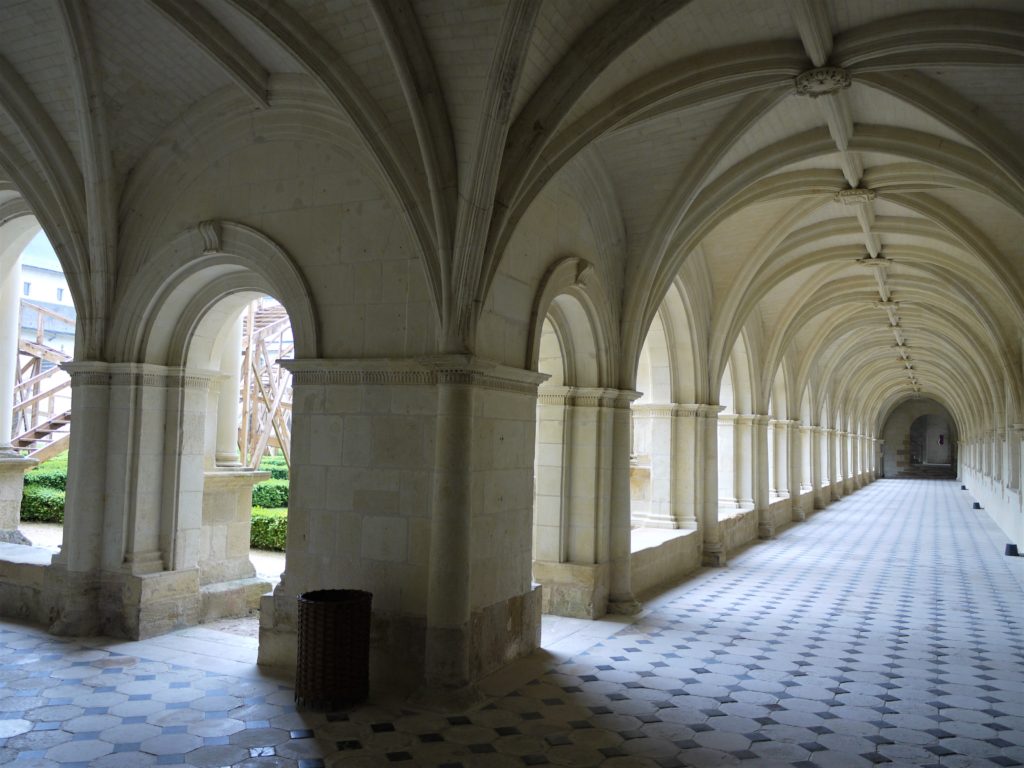

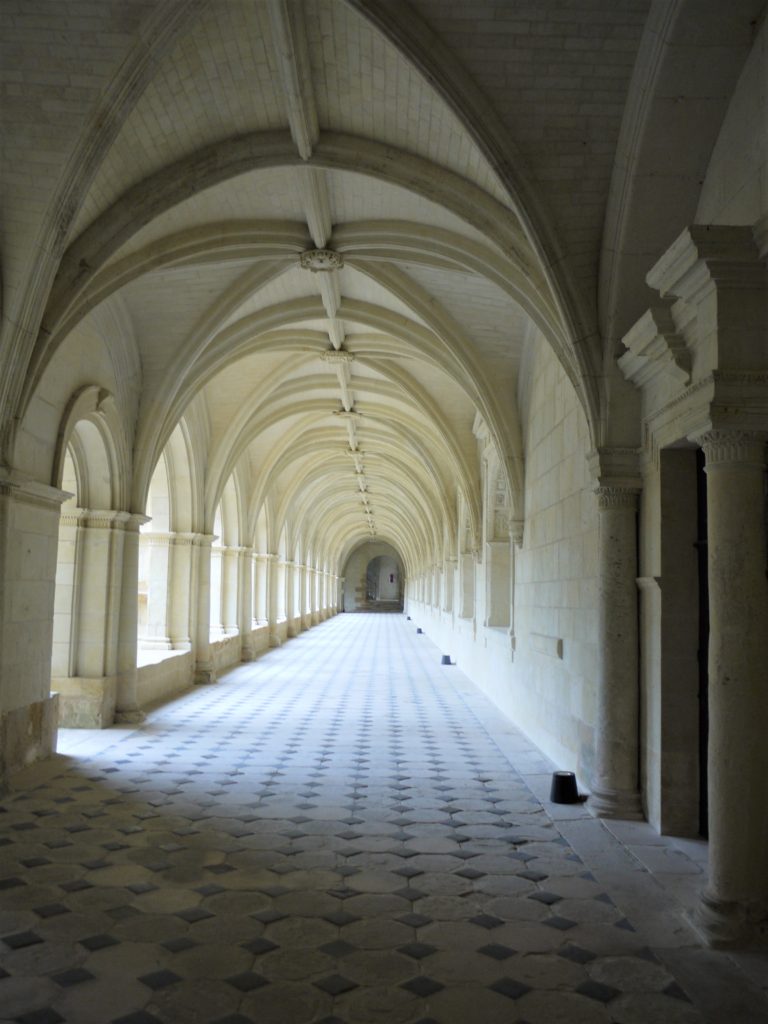
The Abbaye played a significant part in the lives of King Henry II and Eleanor of Aquitaine. Fontevraud became the burial place for the Plantagenats dynasty. The King of England, Henry II, his wife, Eleanor of Aquitaine, and son, King Richard the Lionheart were all buried here at the end of the 12th century.

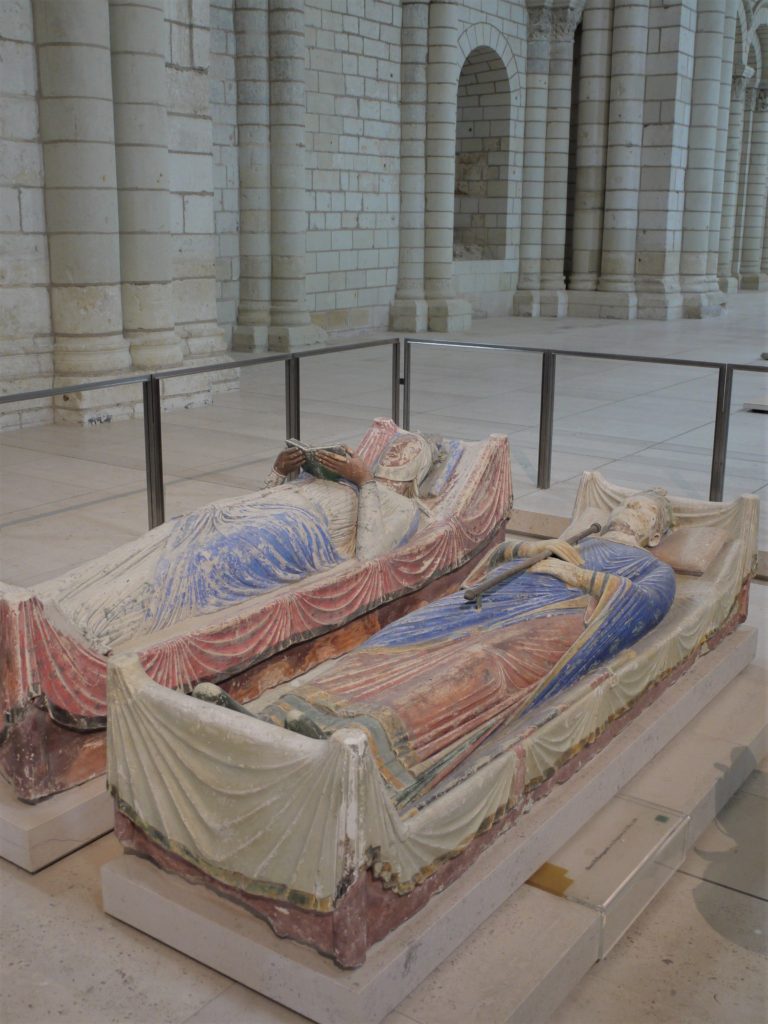
The Loire chateaux are a perfect place to enjoy a packed lunch and offer walking trails, lush garden space for your Kidsetters to explore. Although some chateaux are not stroller friendly, come prepared with a pouch for little Kidsetter’s and be sure to arrive early to avoid crowds to obtain the most out of your visit.

